1. Columbia, Md.
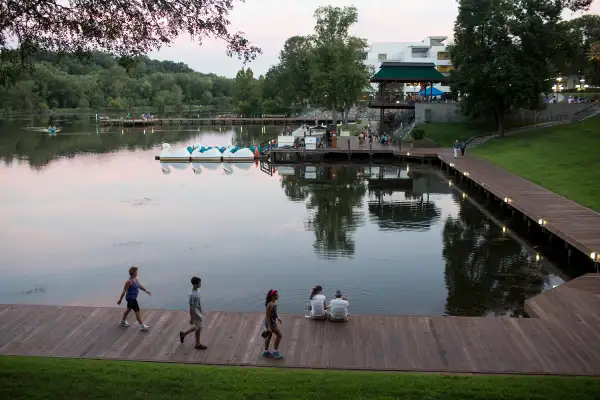
why we love it
A planned community that prizes economic and social diversity.
| Population | 102,221 |
| Median Home Price | $310,000 |
| Property Tax | $4,442 |
| Unemployment rate | 3.5% |
| Commute time | 29 minutes |
You know the phrase “50 is the new 30?” Apparently, that applies to cities and towns, too.
Columbia, Md., turns 50 next year, and it’s never looked better. One of the most successful planned communities in the country, Columbia is a magnet in the Baltimore–Washington corridor, attracting families in search of good schools and businesses hungry for educated employees.
A planned community—where covenants limit everything from new construction to the color you can paint your home—isn’t for everyone (though there are three of them in our Best Places top 10).
But Columbia is clearly thriving. It ranks in the top 5% of the 823 places on this year’s list for job growth and economic opportunity. The schools are among the state’s best. And in this pricey corner of the country, Columbia’s median home price is just over $300,000, 11% less than in Gaithersburg, one county over. “I sometimes tell people this is a little bit like the Land of Oz,” says Gary Ahrens, a retired high school teacher and counselor who sells real estate for Keller Williams.
The prices may be right, but Columbia also owes its success to an idea—or maybe it’s an ideal. Founded in the late ’60s, the town made the concept of community building part of the master plan. Each of the 10 bucolically named villages (Wilde Lake, Oakland Mills) includes a mix of residences— apartments, townhomes, and single-family houses—to promote socioeconomic diversity. Individual homes don’t have mailboxes; they’re collected in groups on each cul-de-sac or block to encourage neighborly mixing. Some people worship at a church or synagogue, but others prefer an “interfaith center,” where the faiths rotate through a communal space.
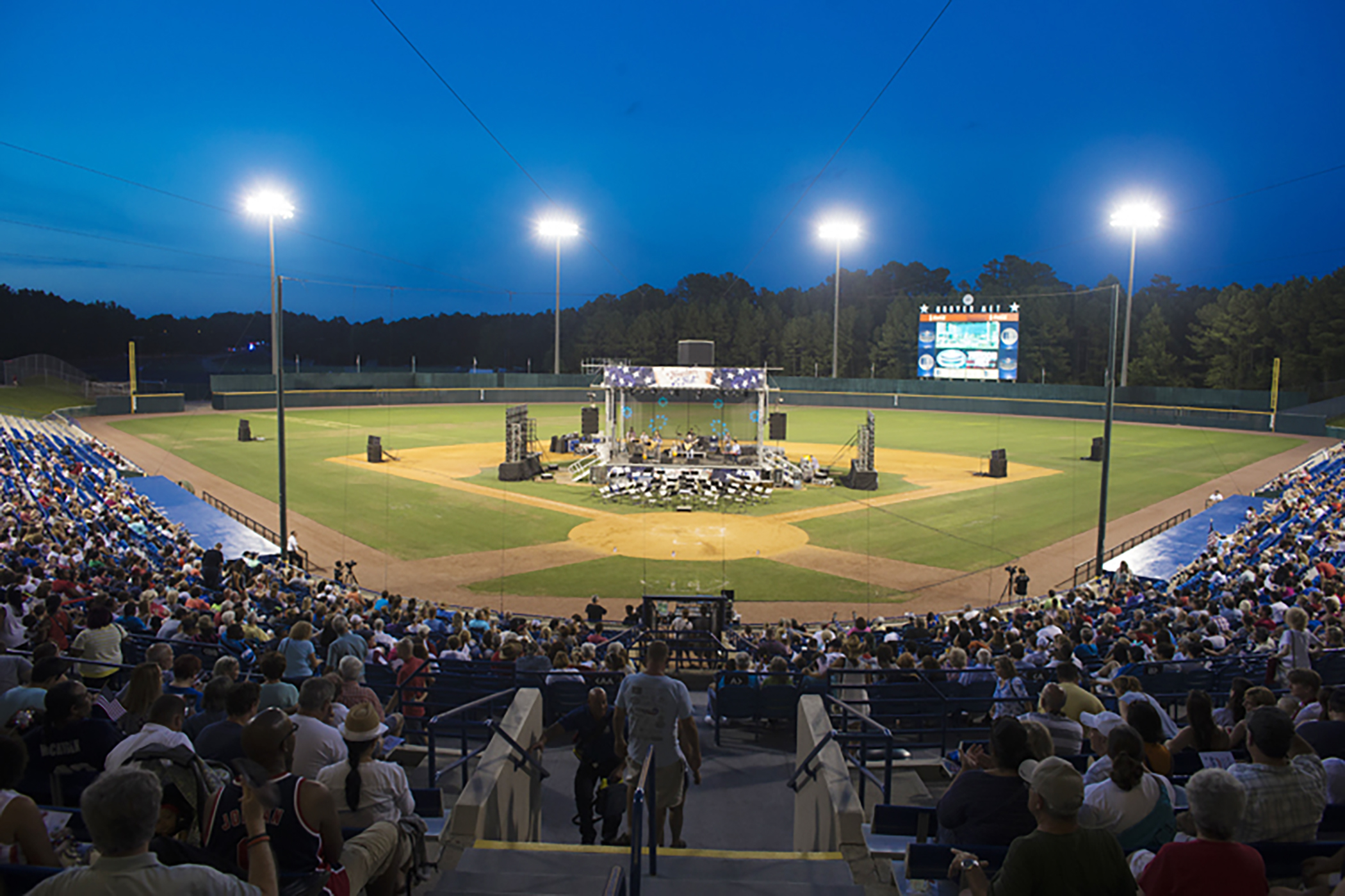
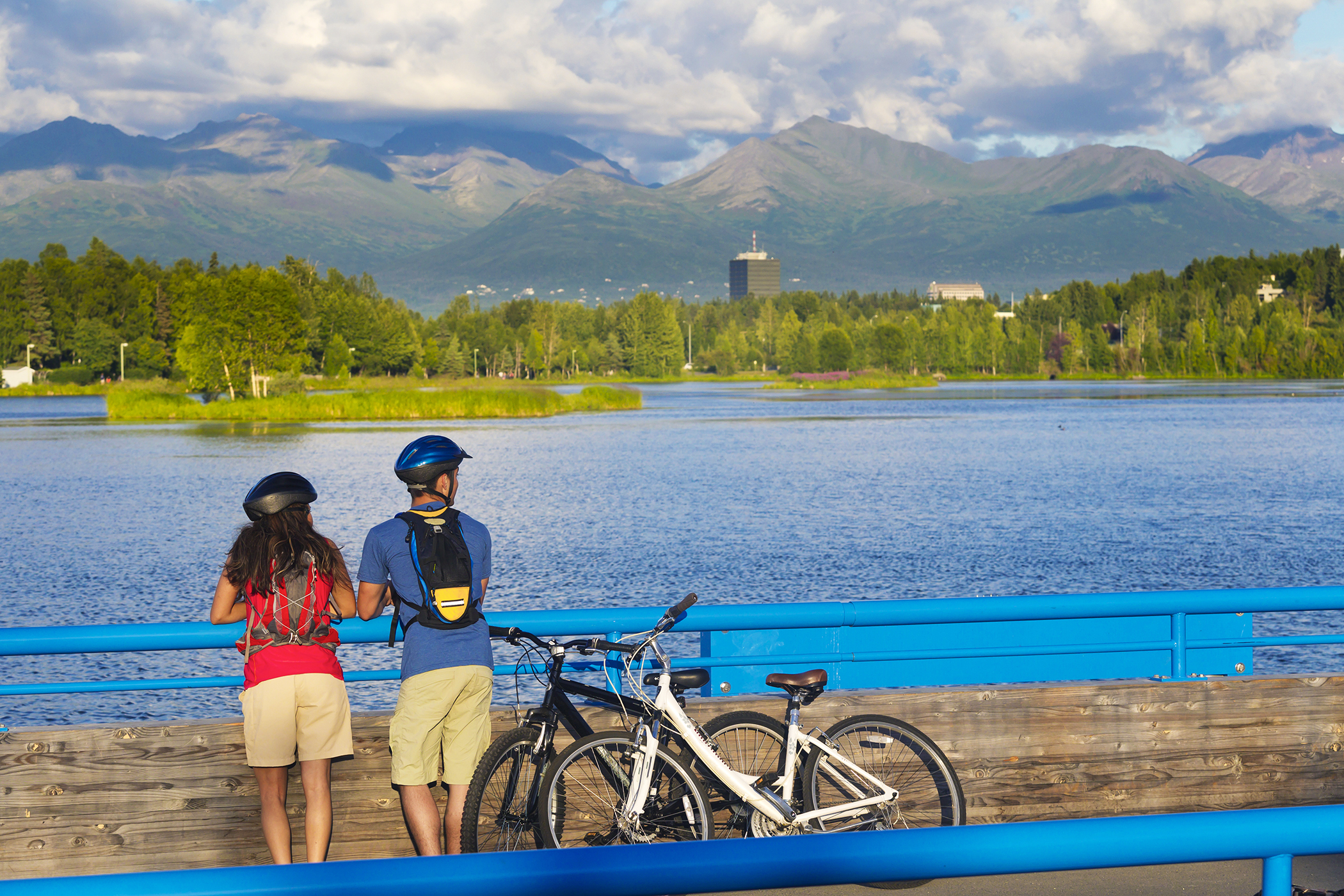
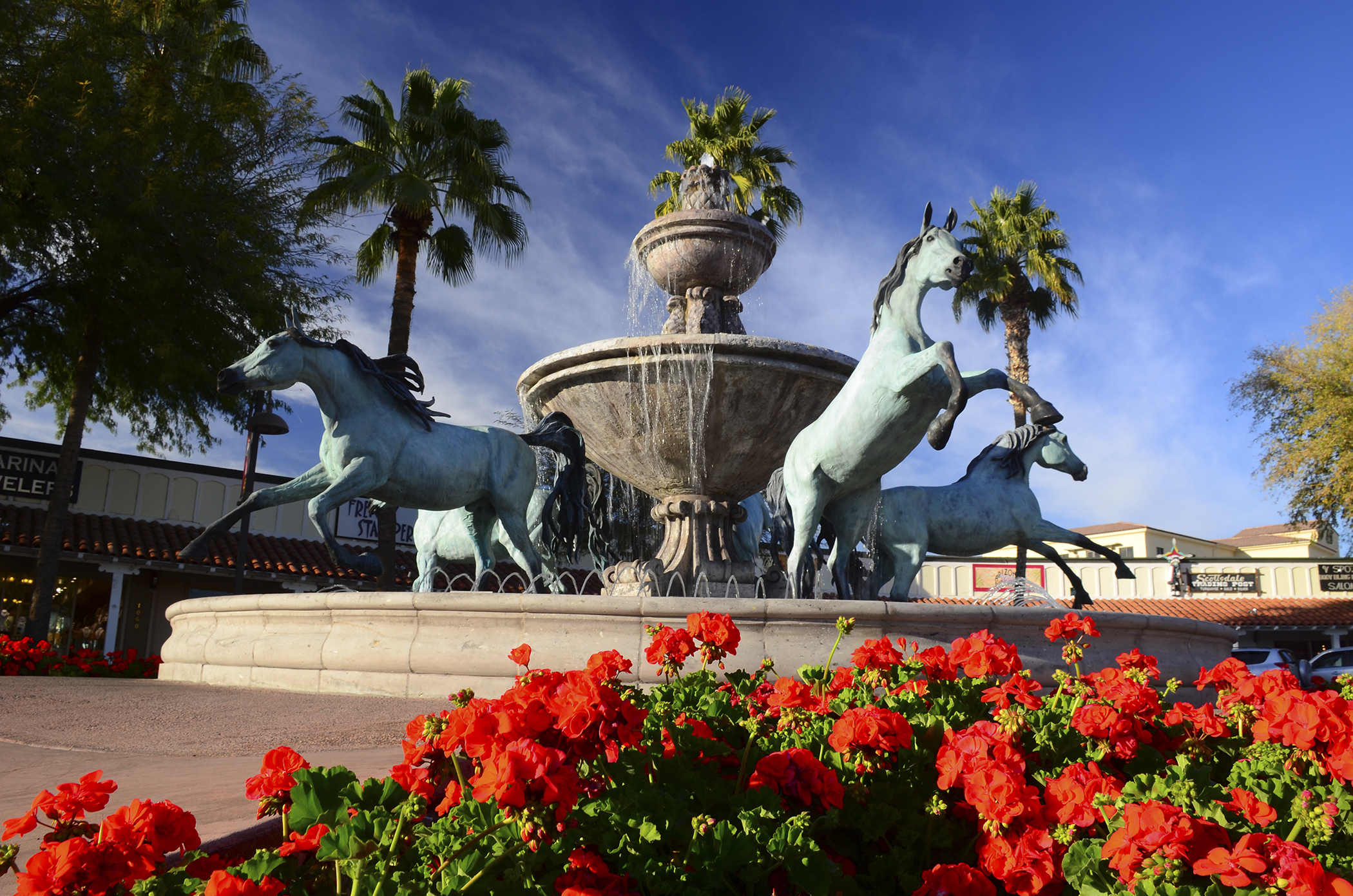
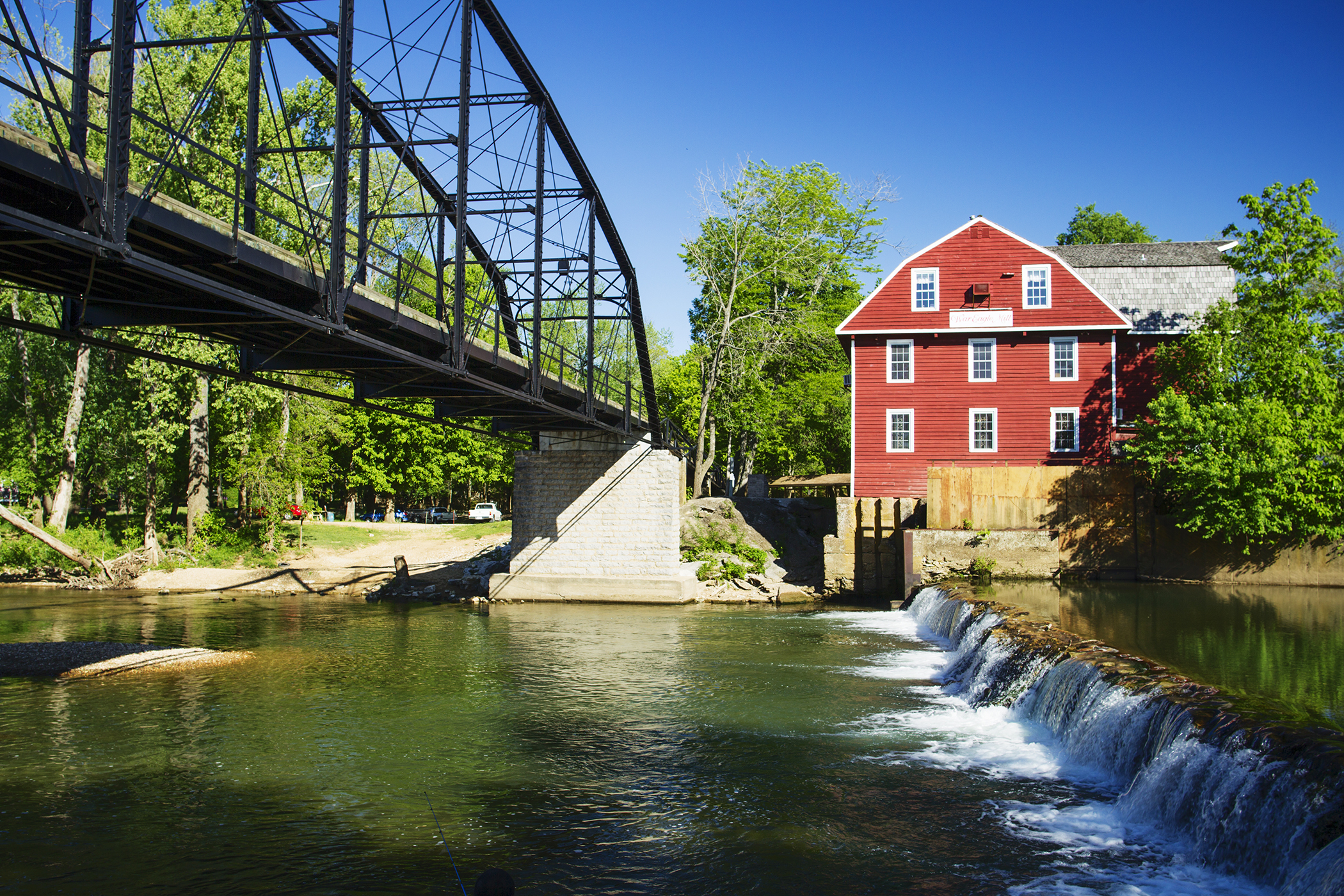
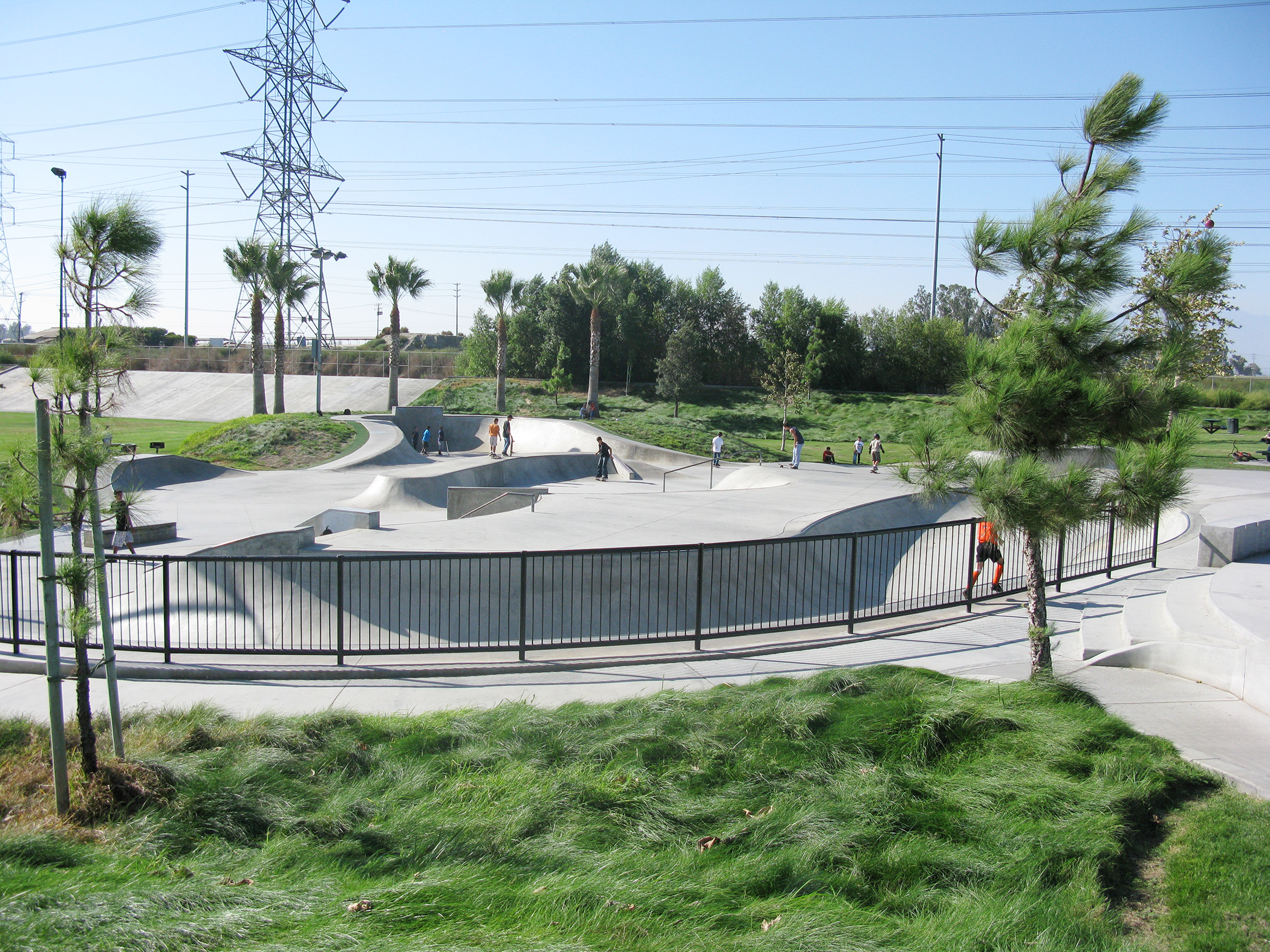


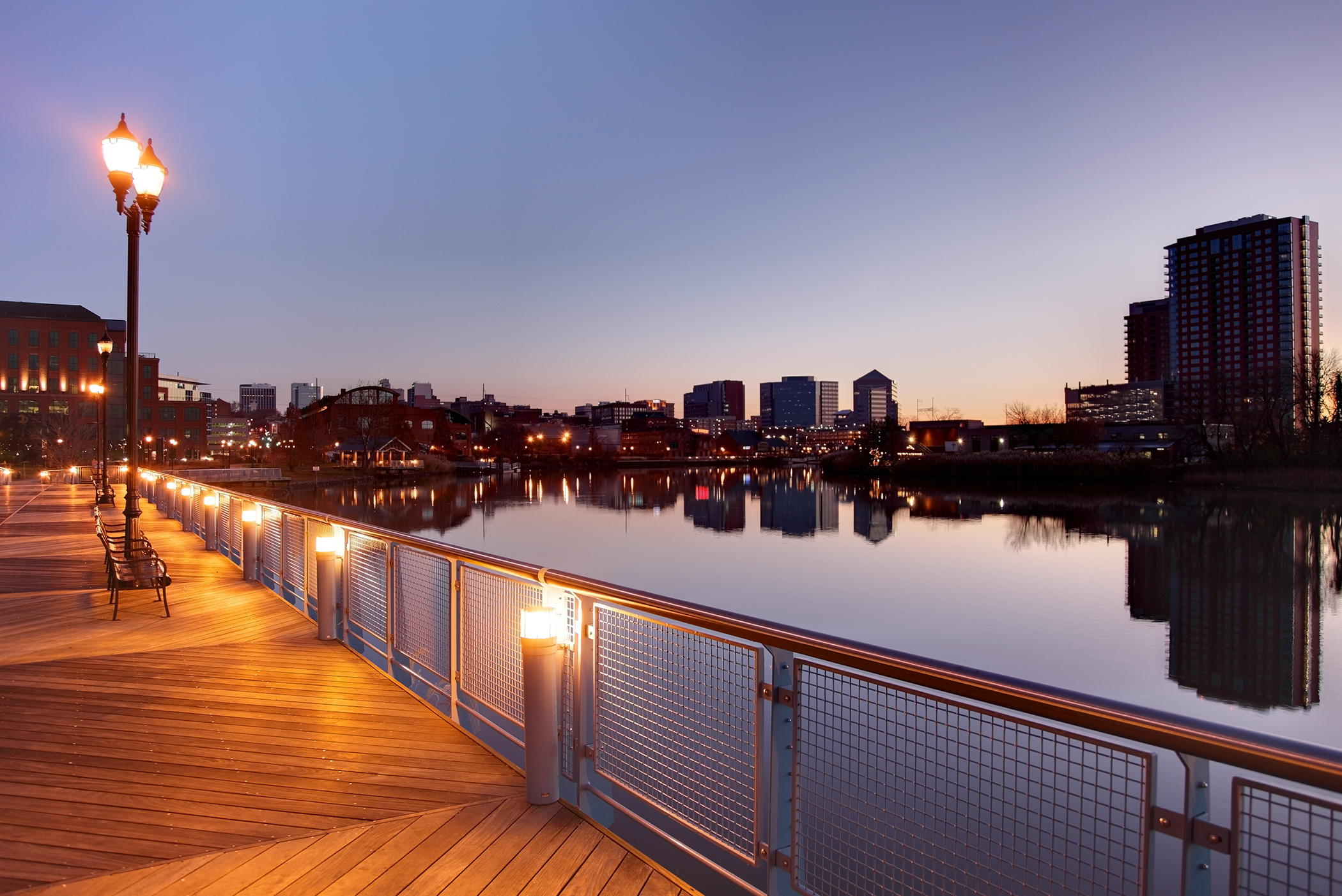
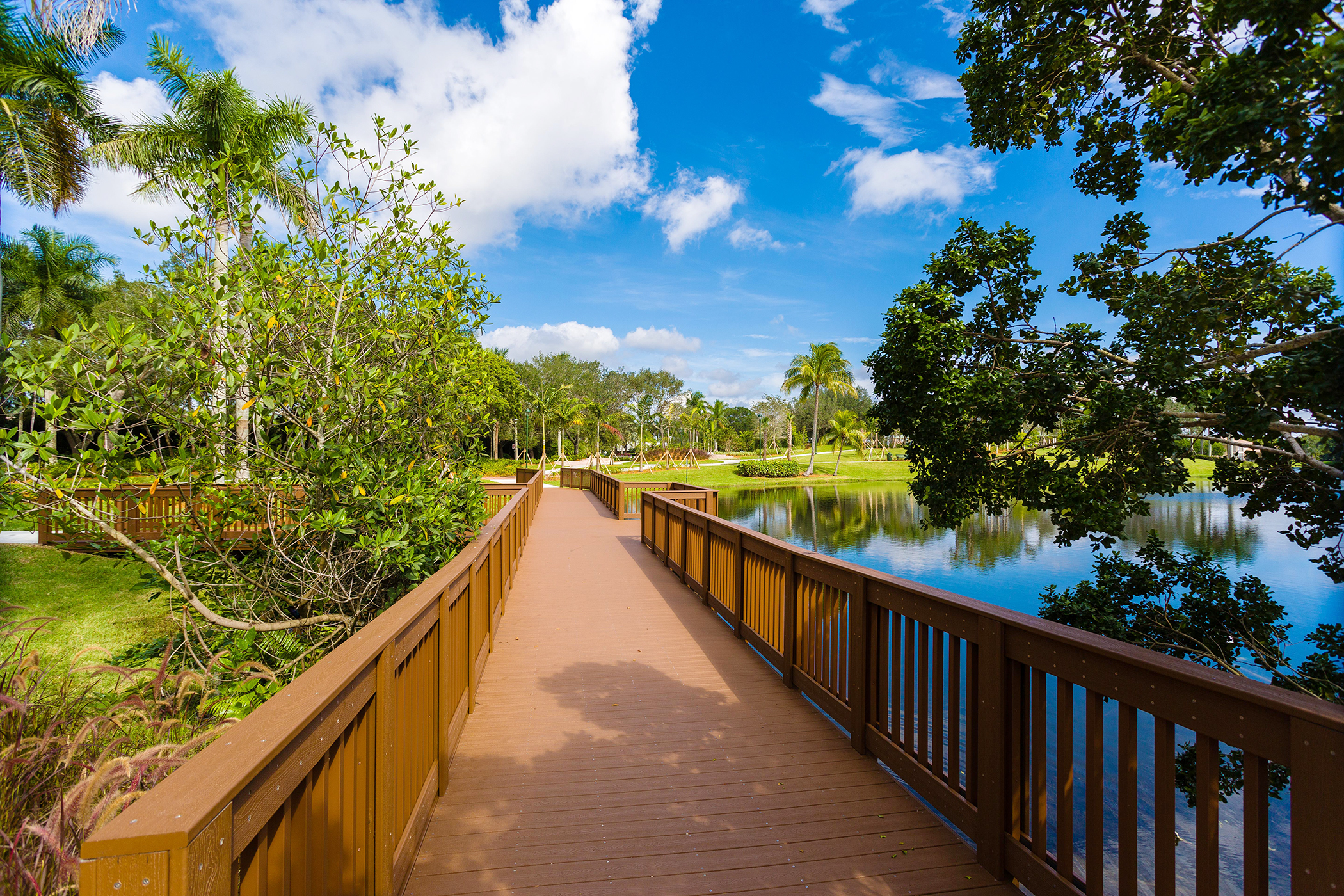
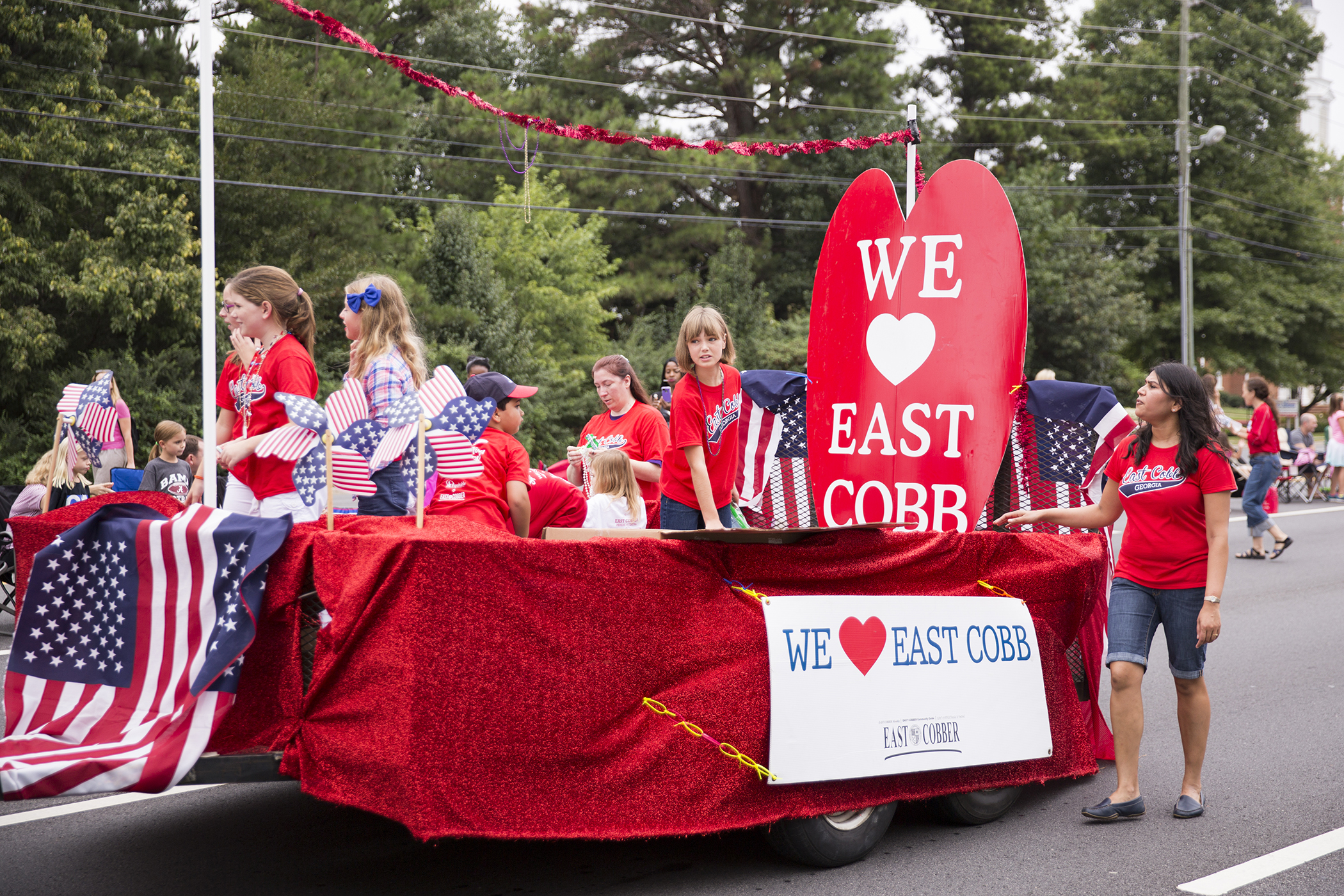
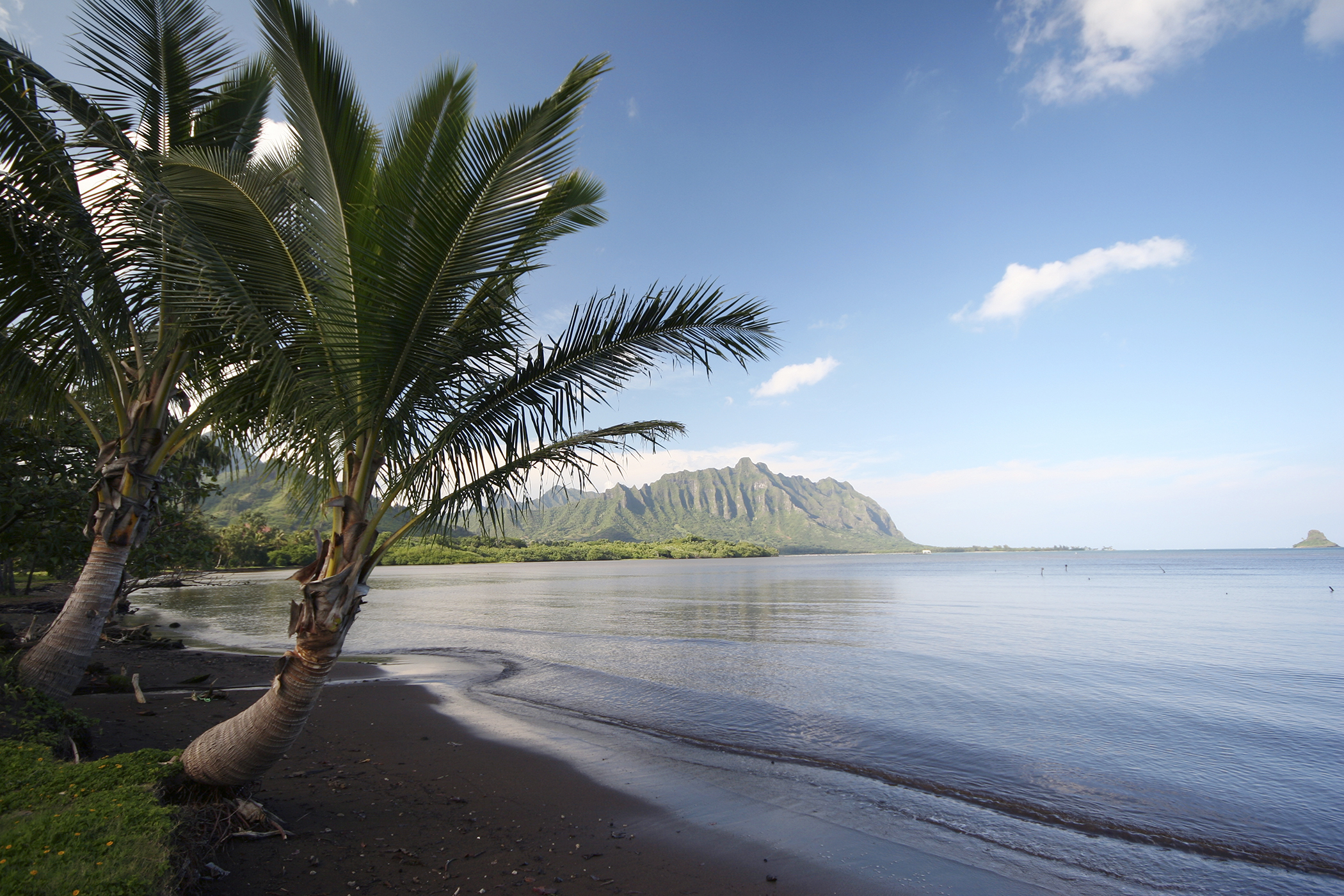
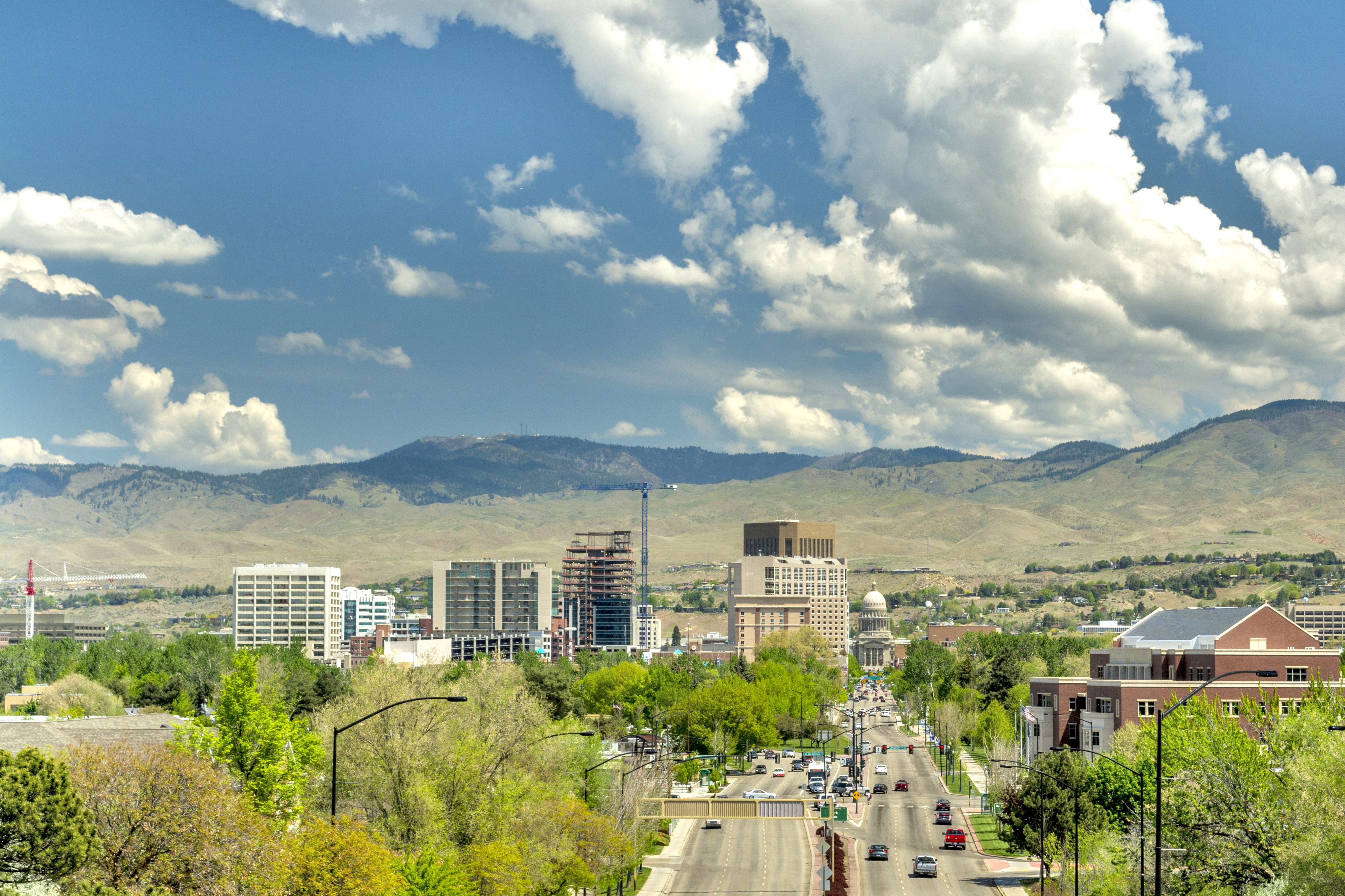
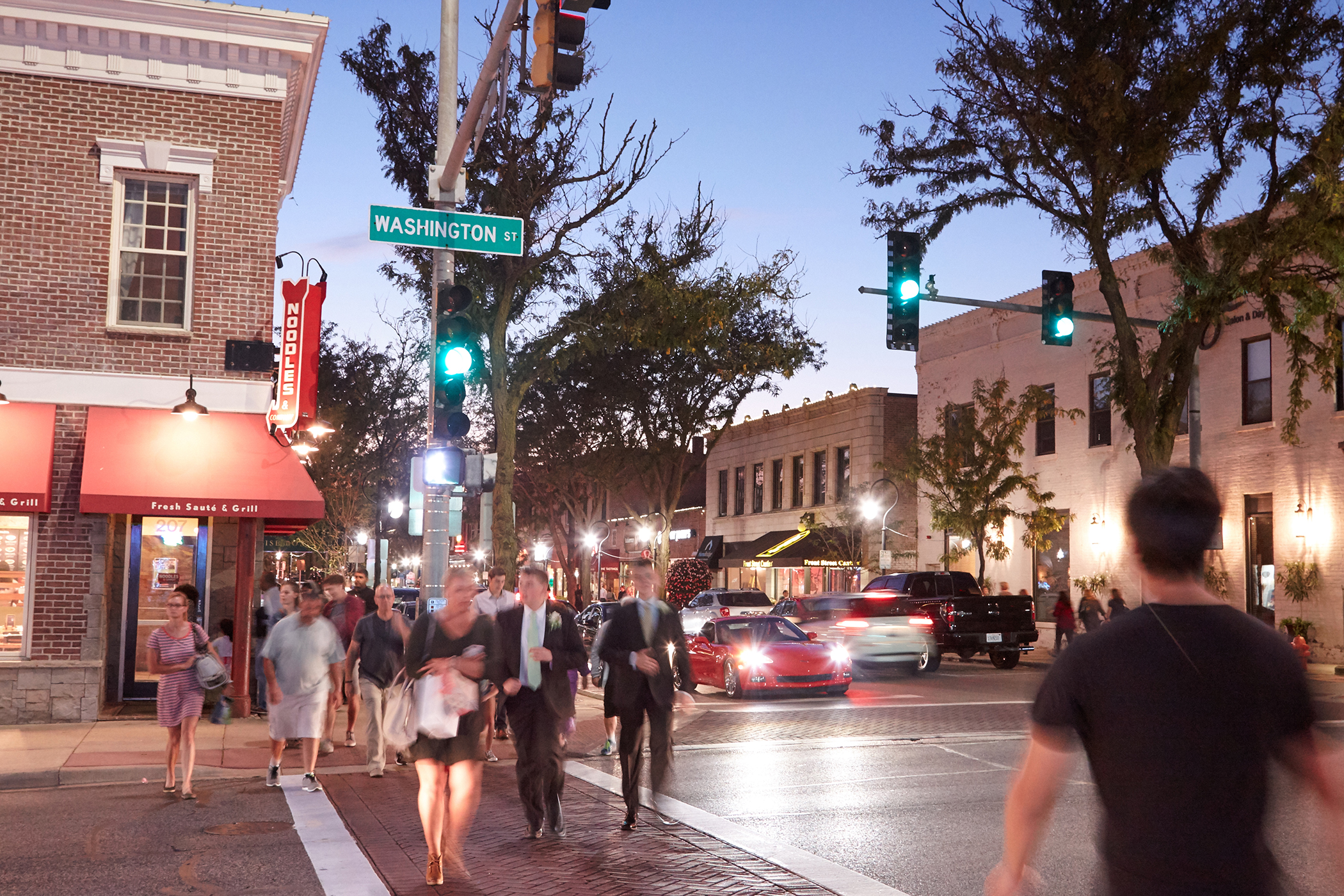
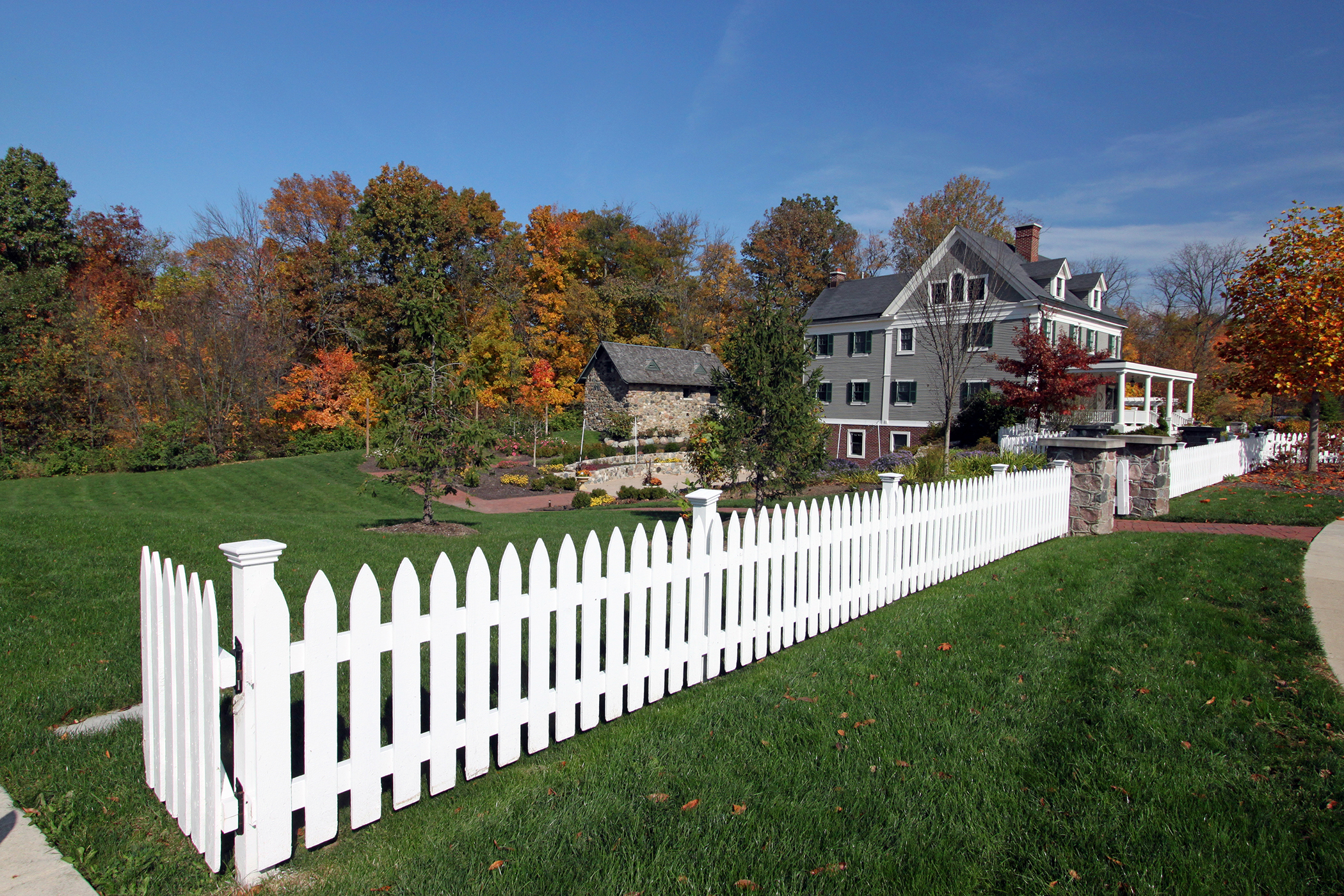

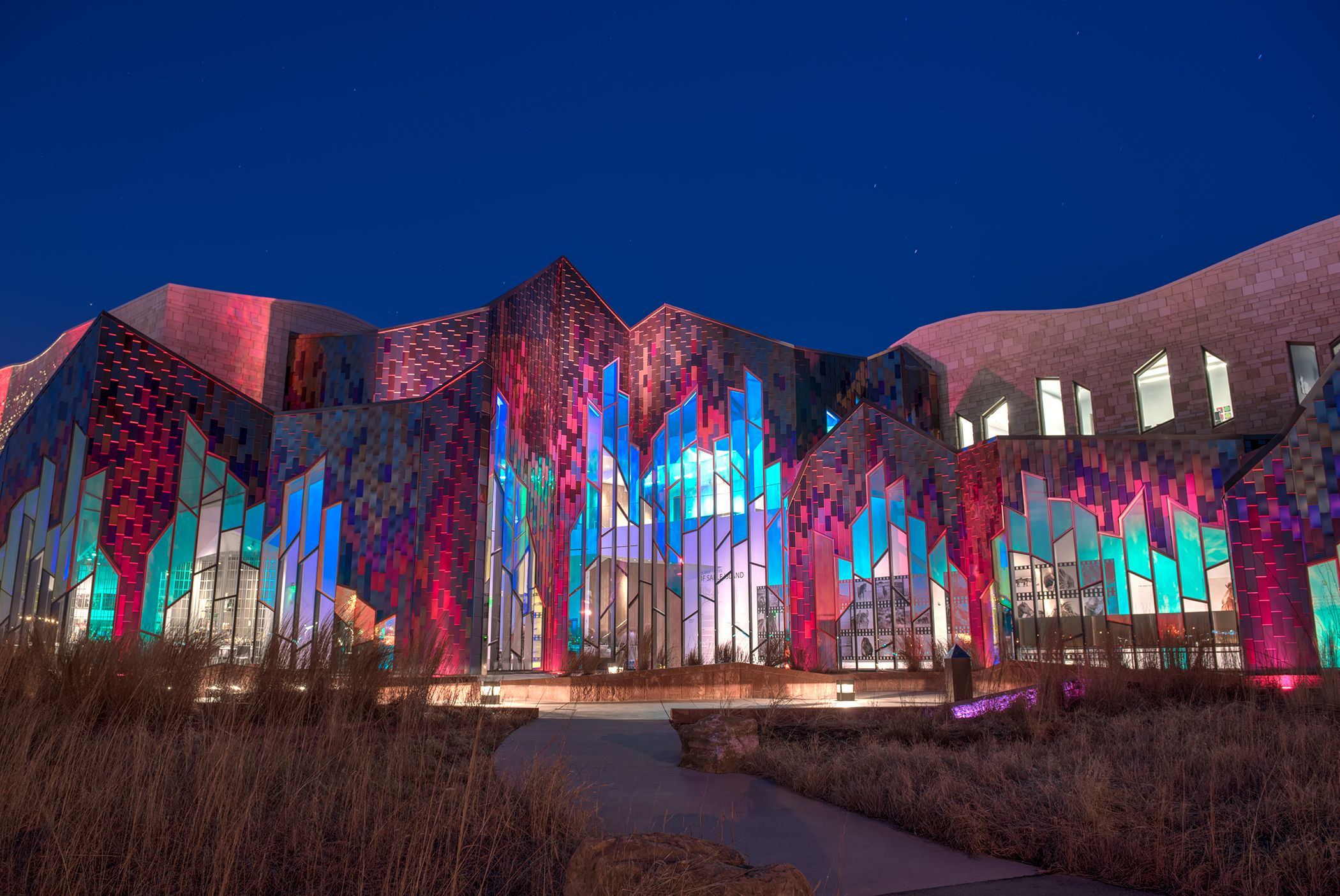
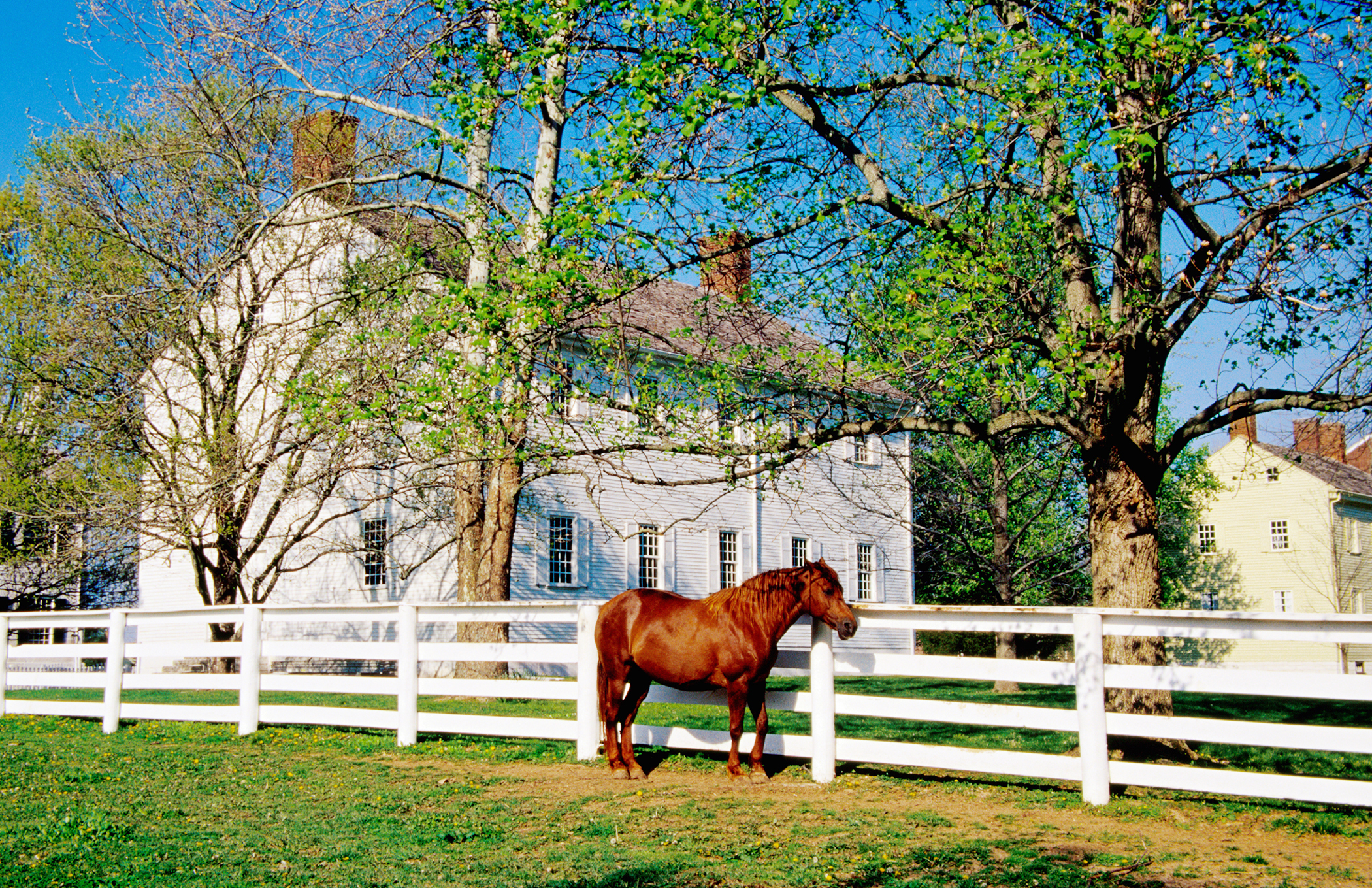
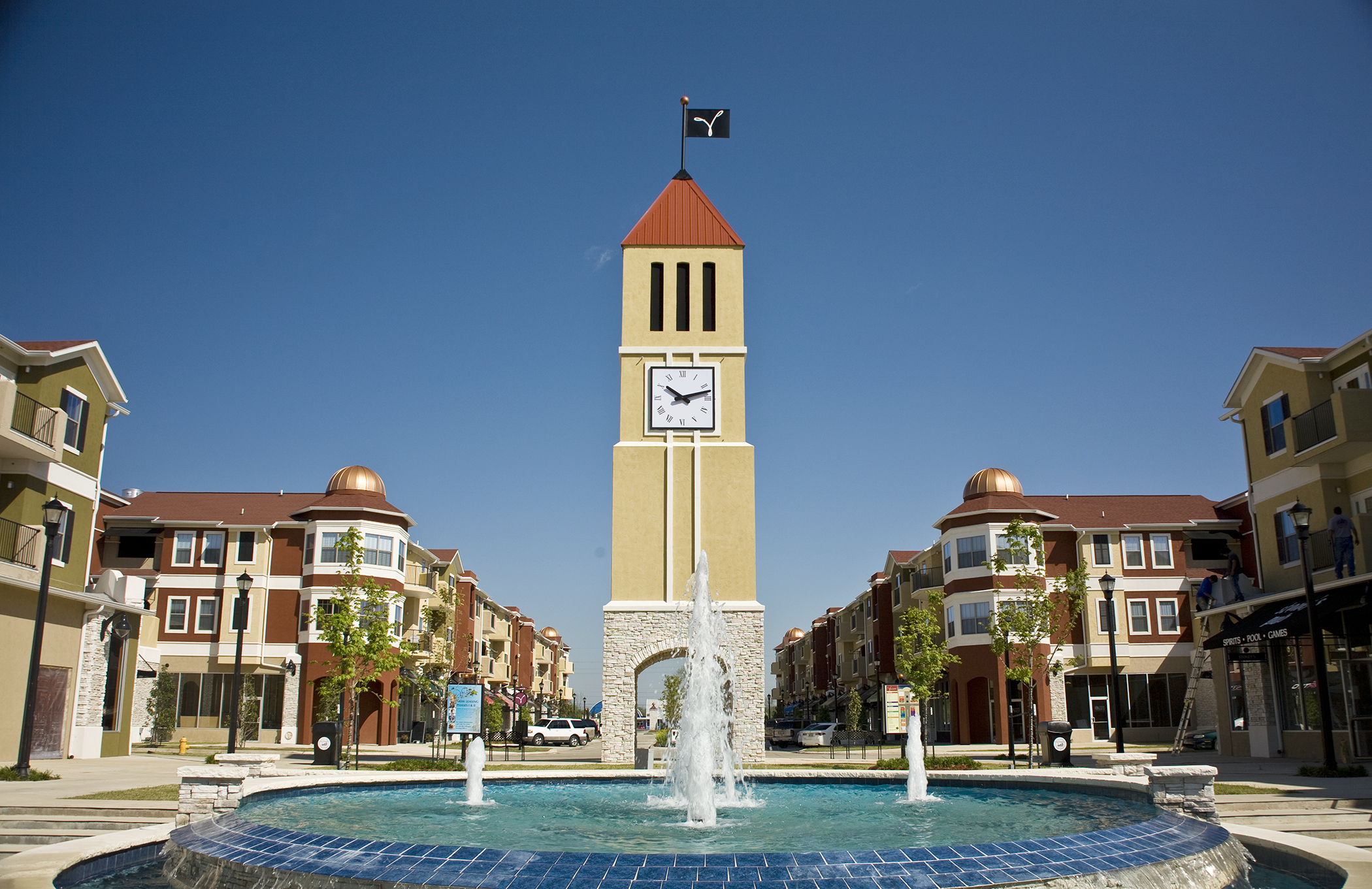
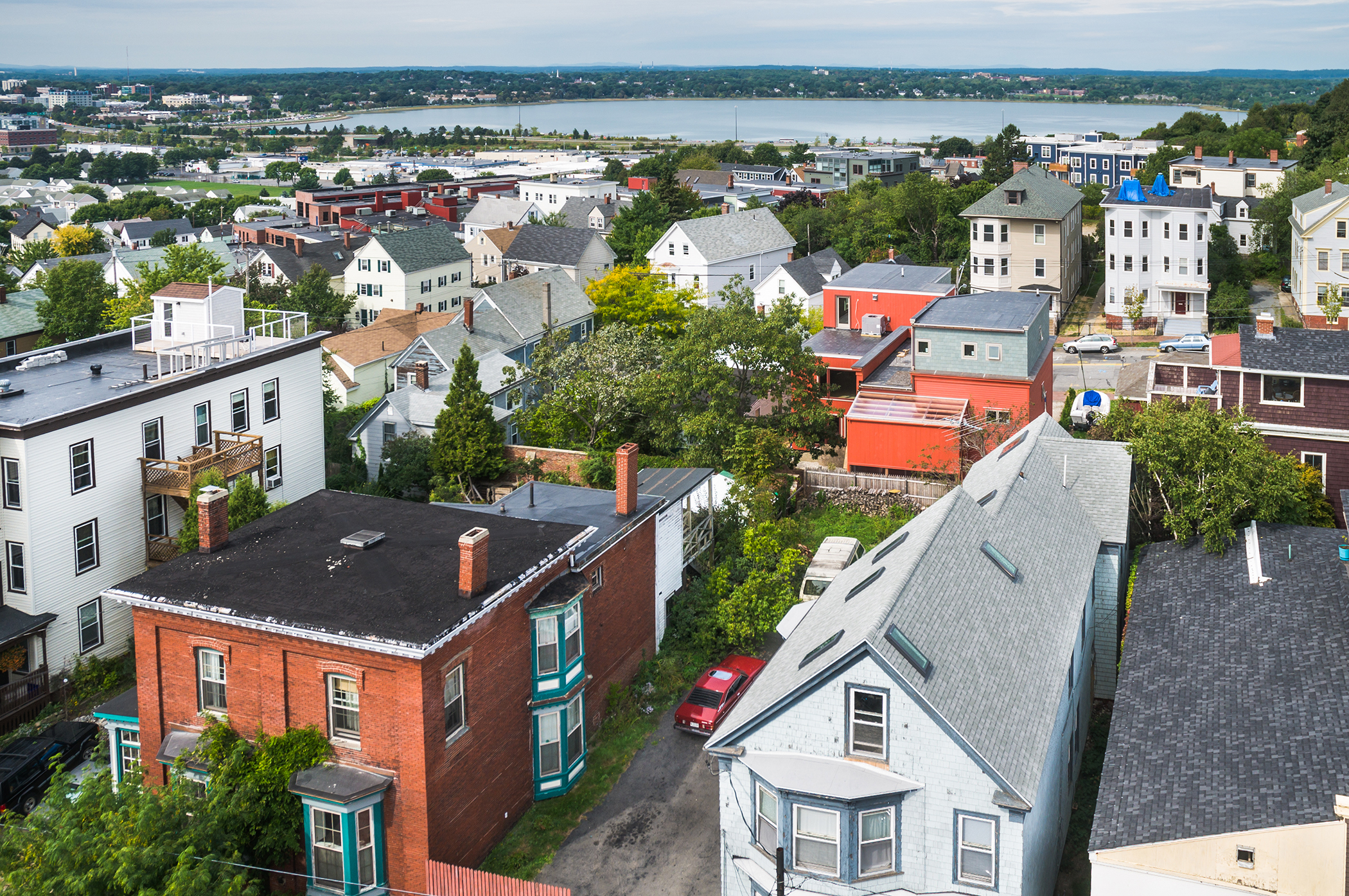
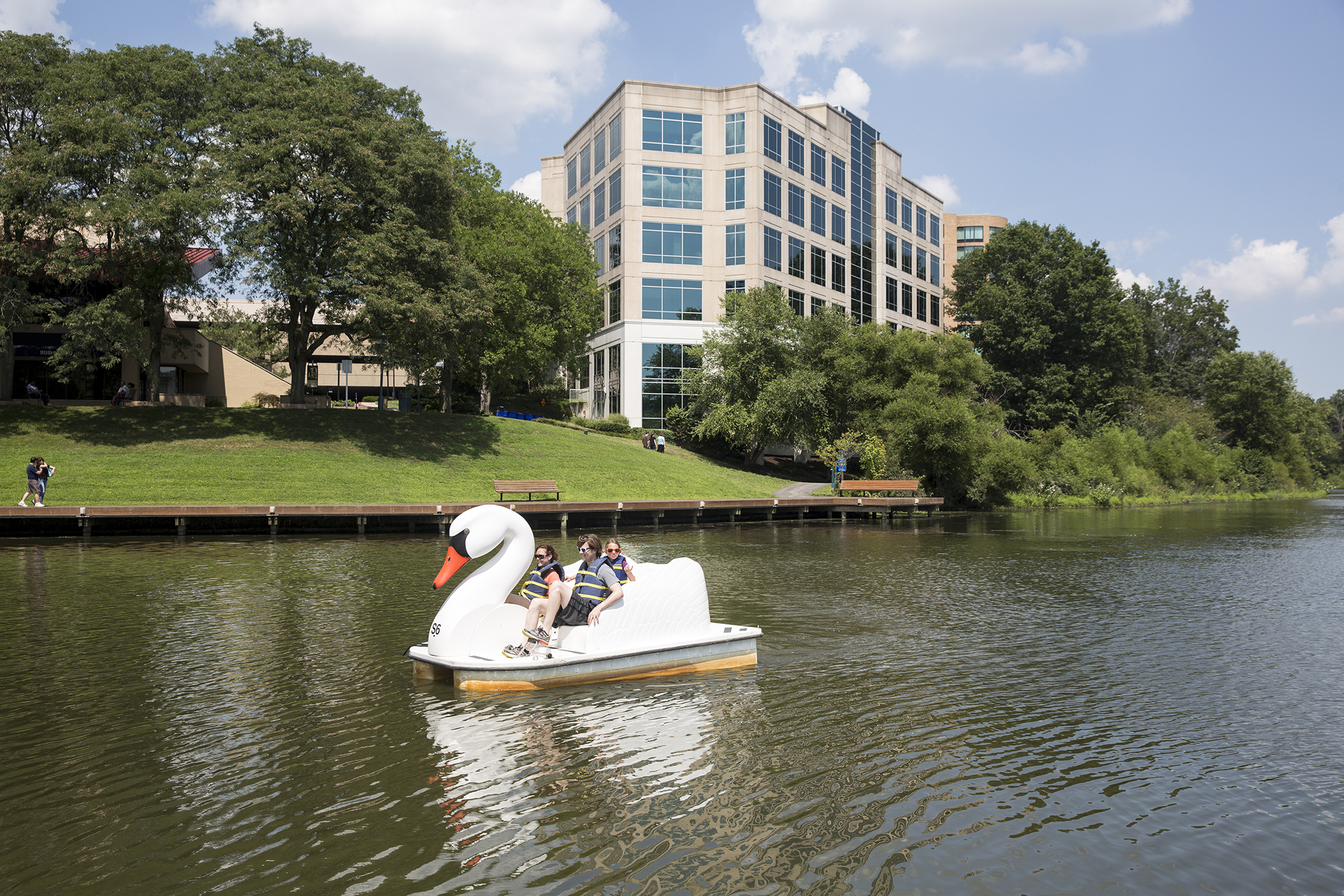
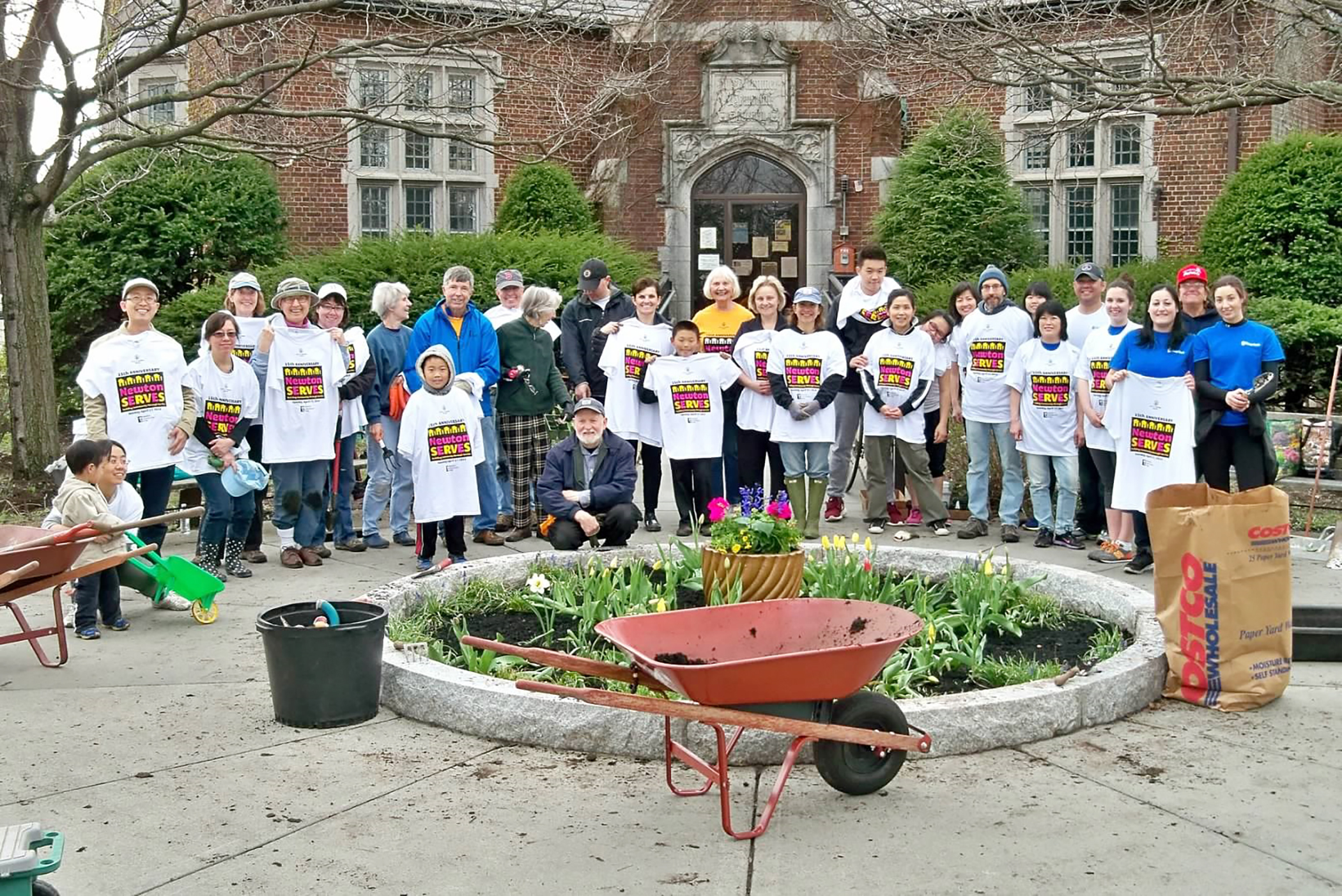
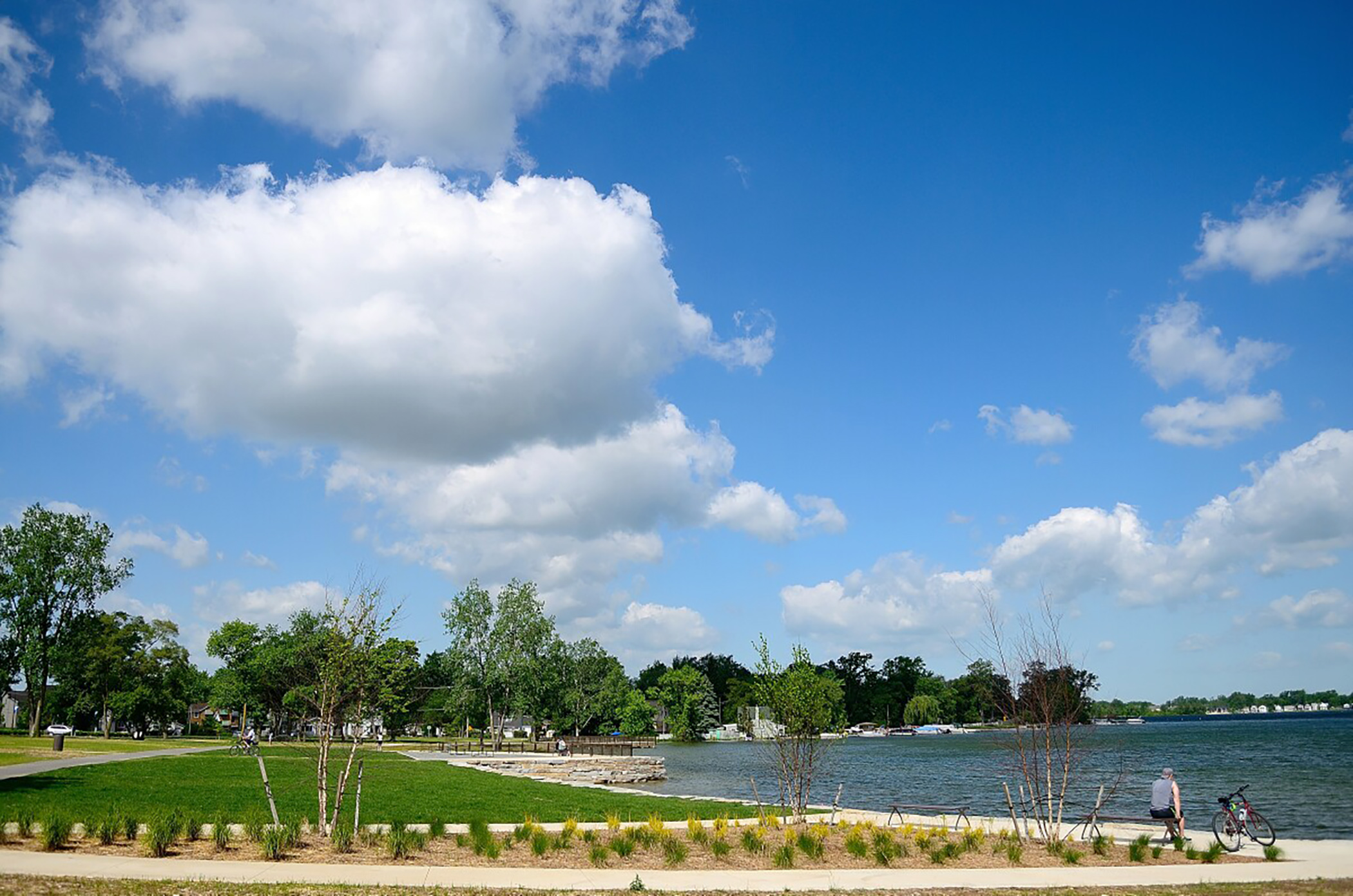

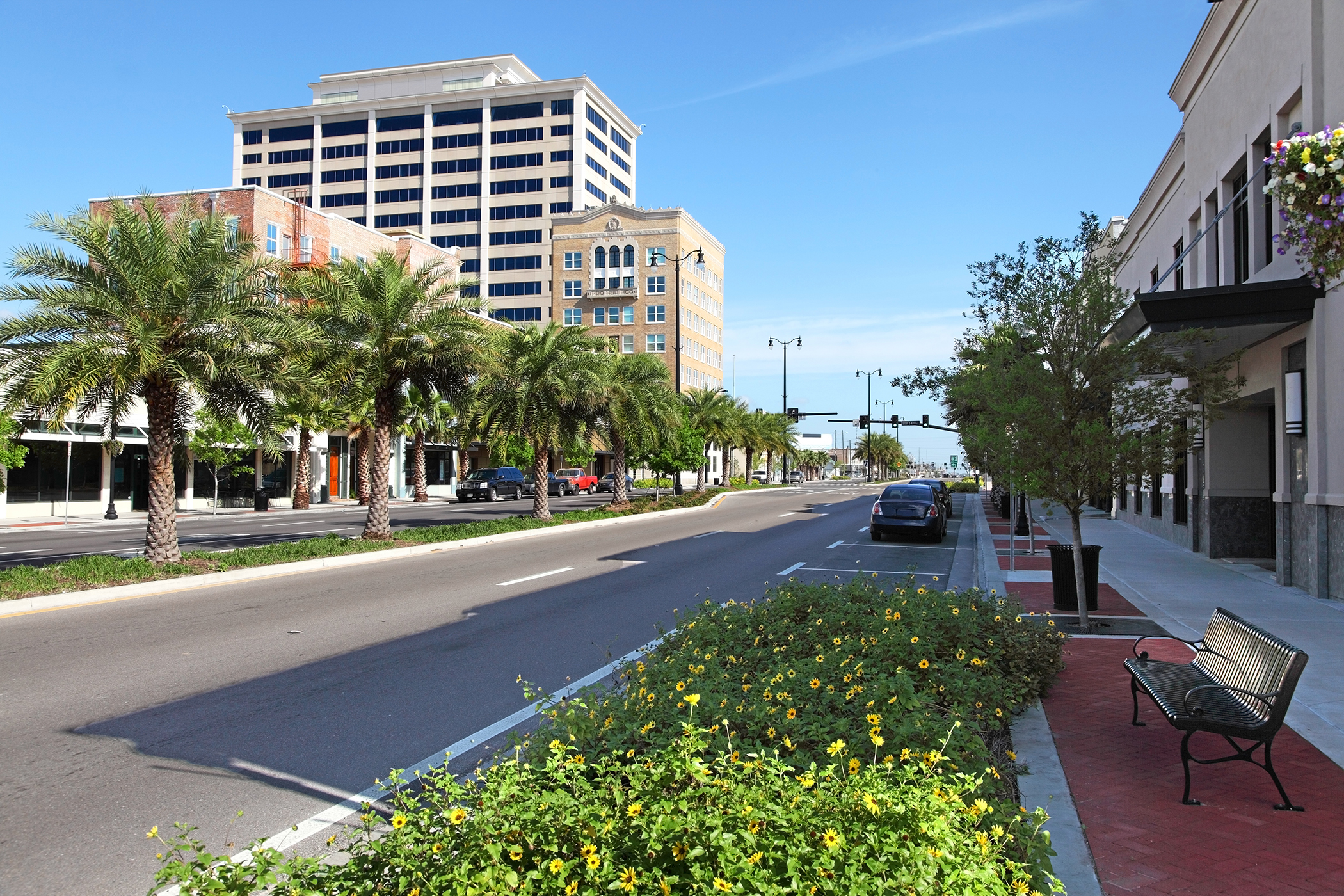
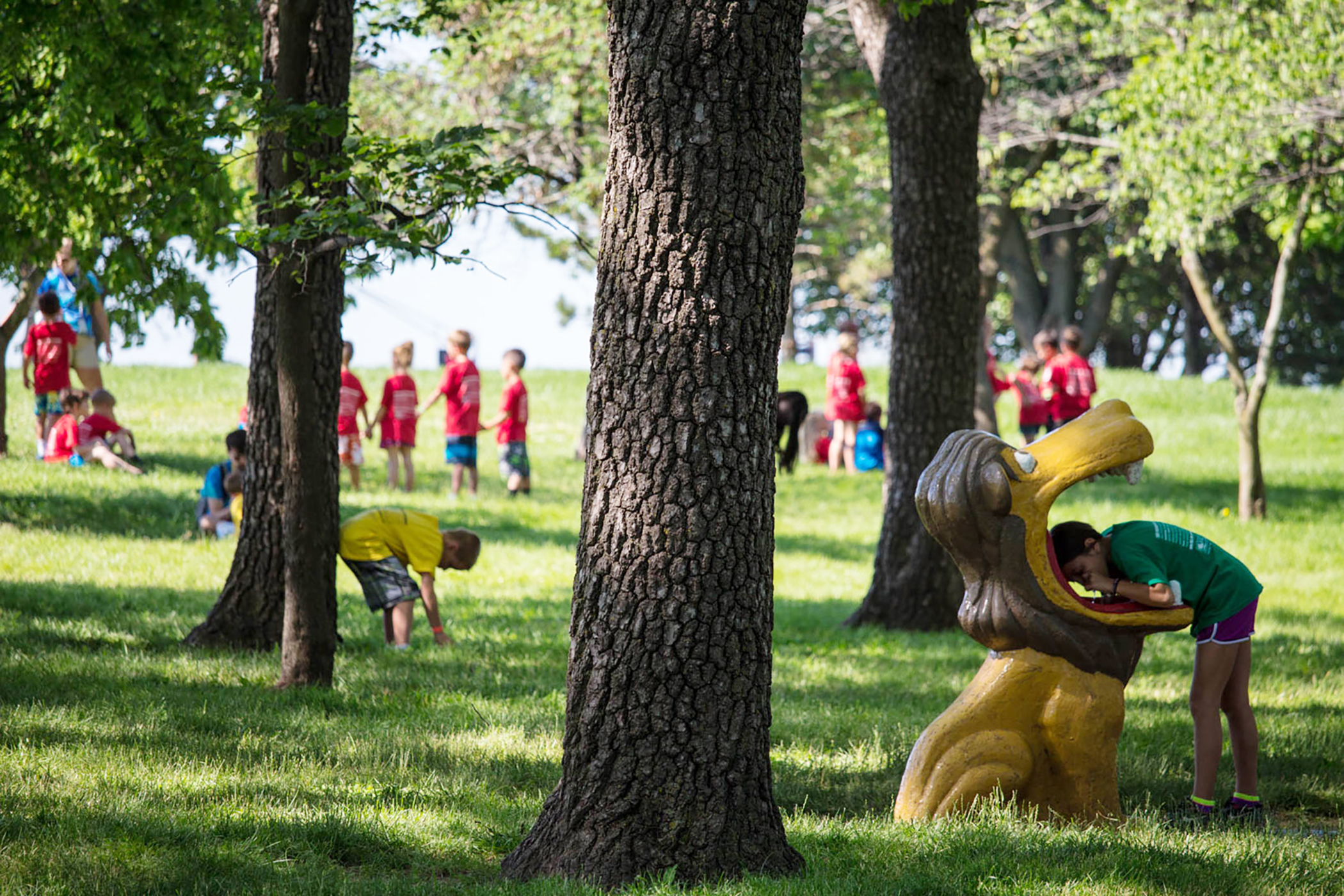
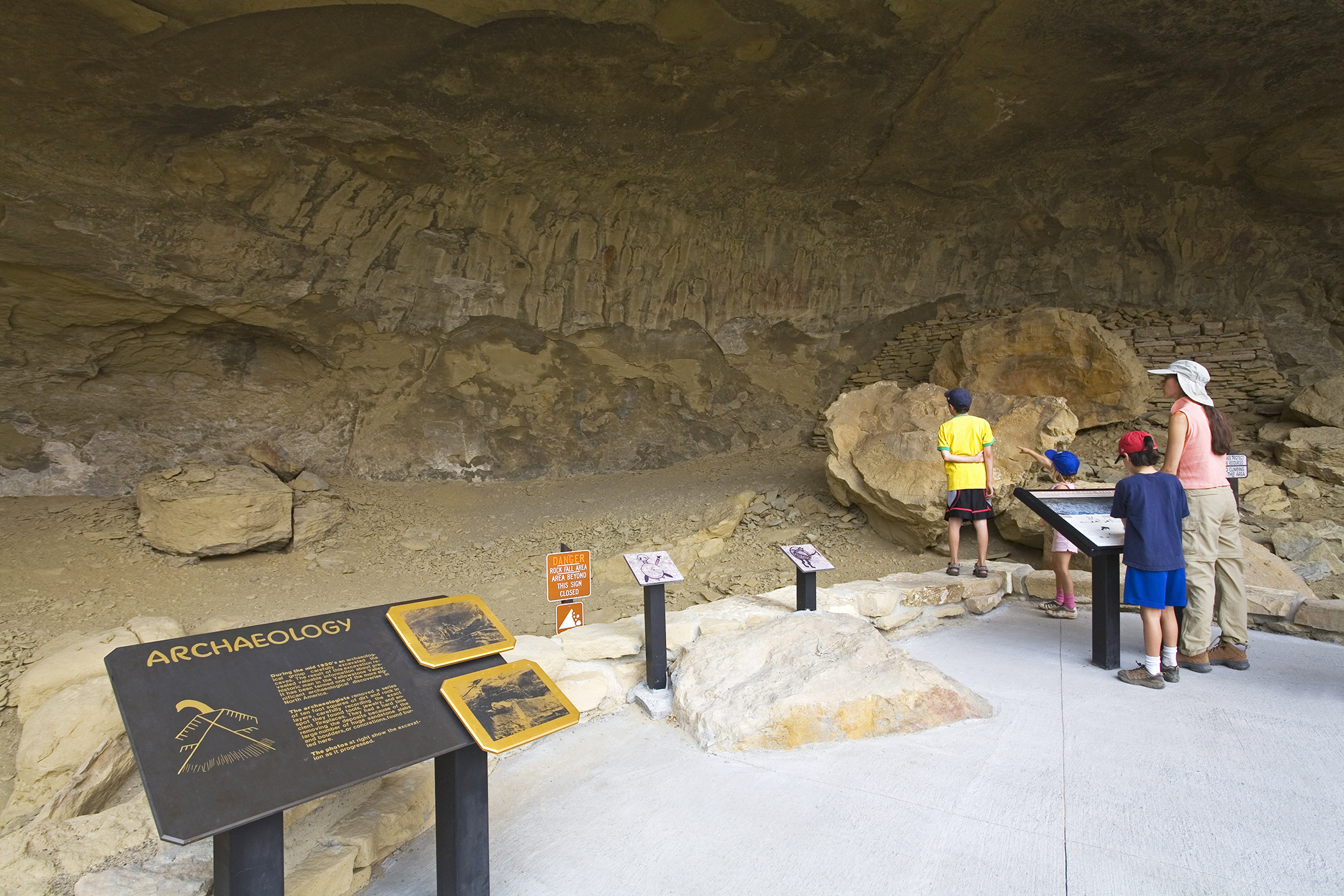
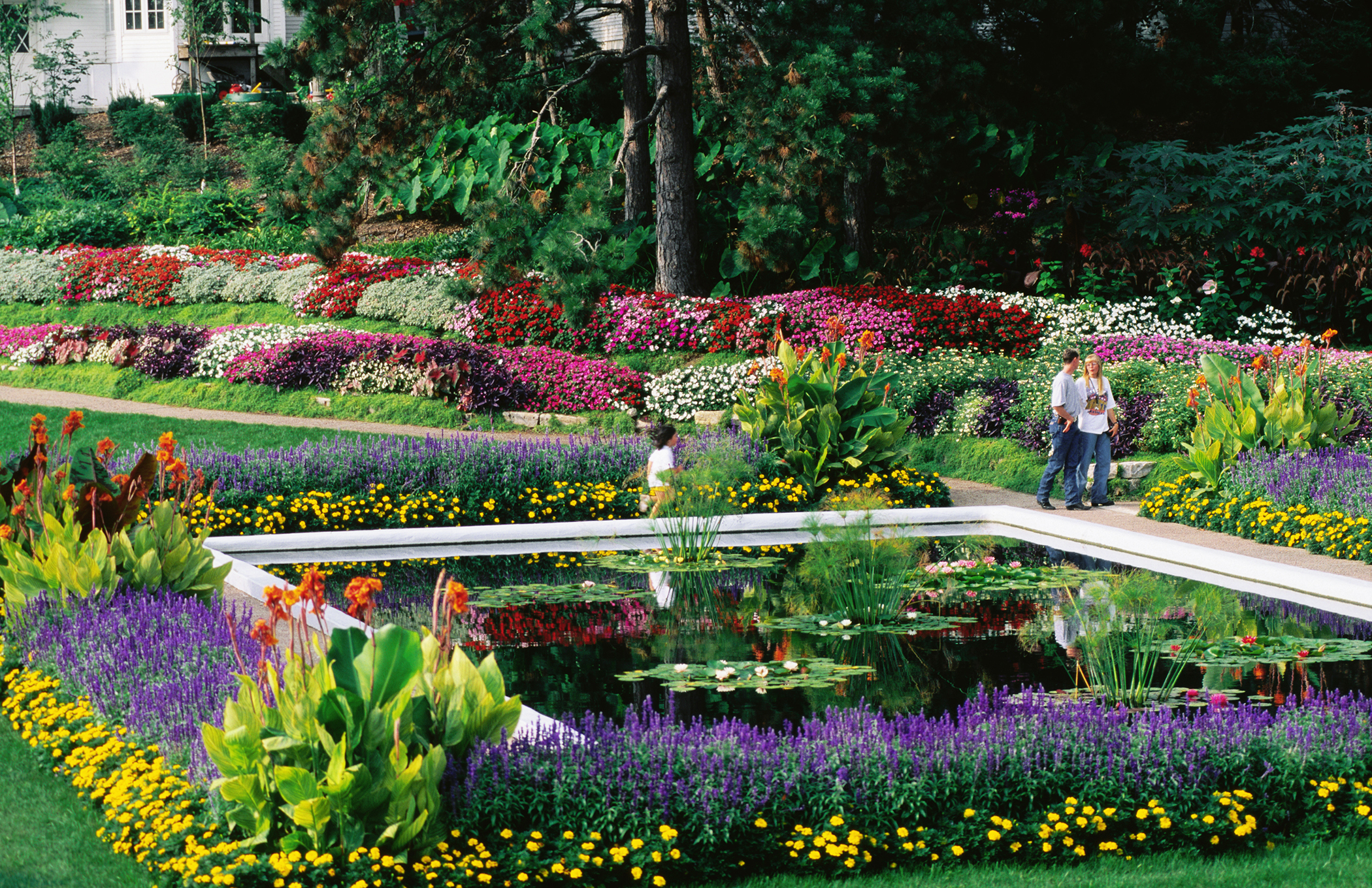
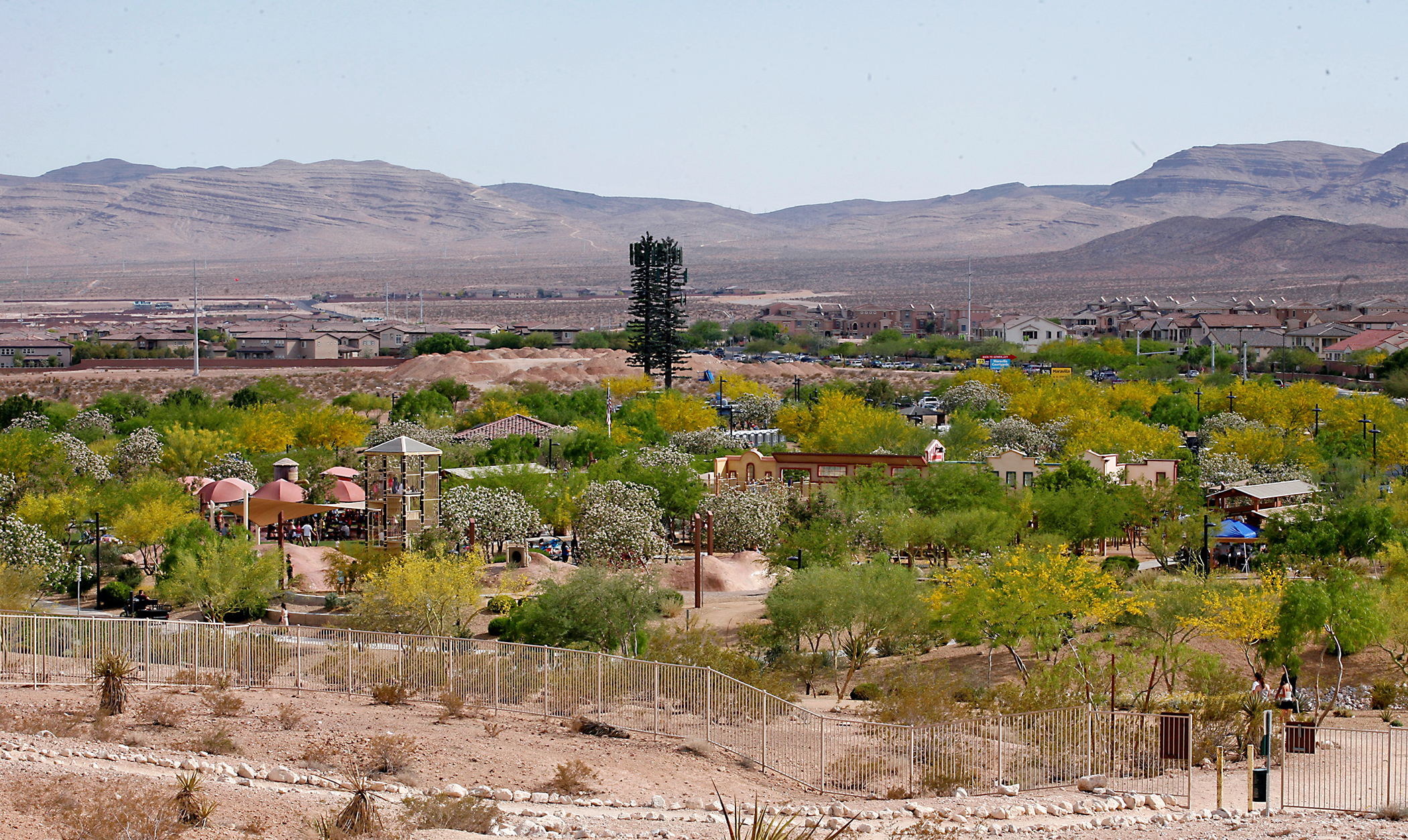
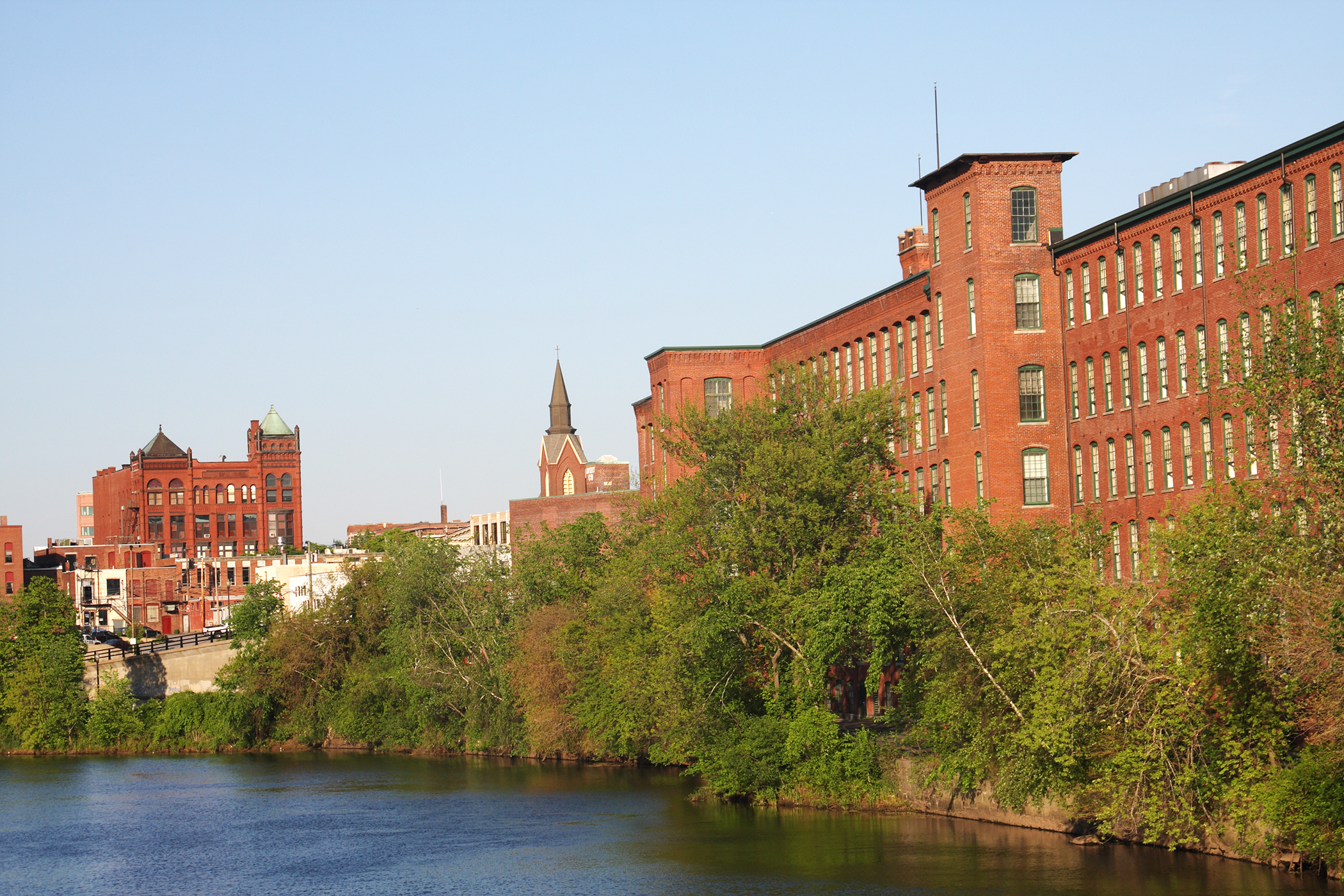
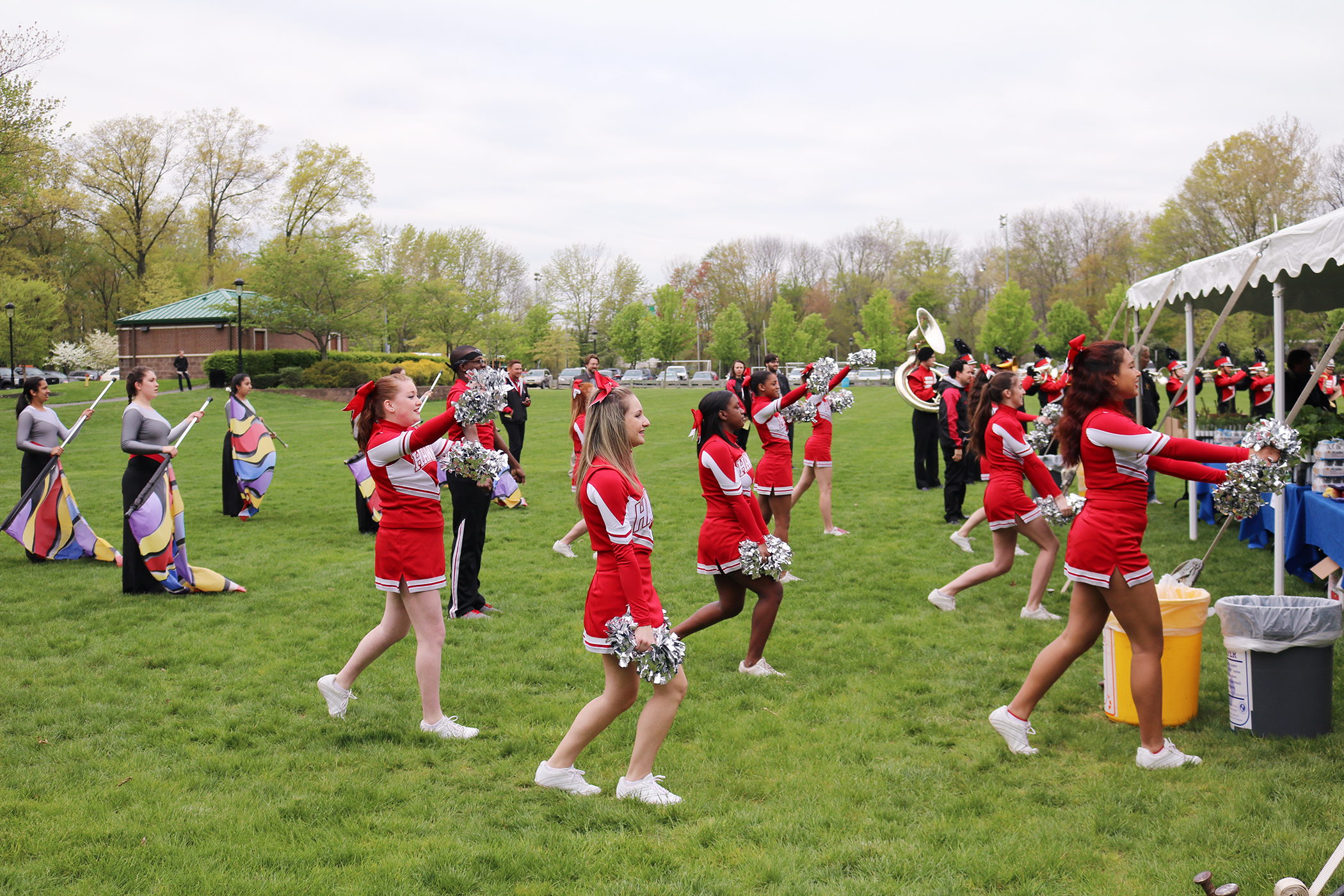
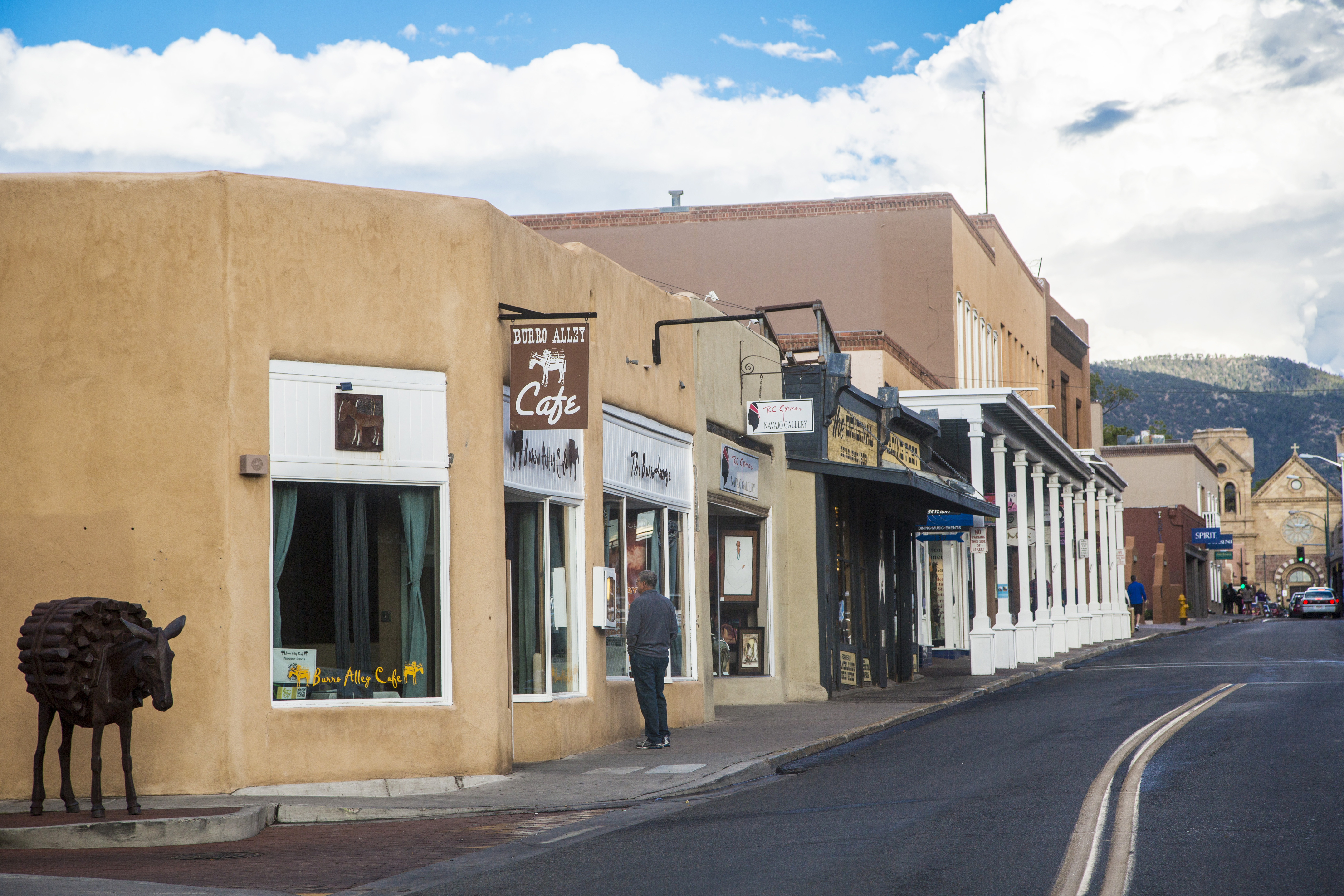
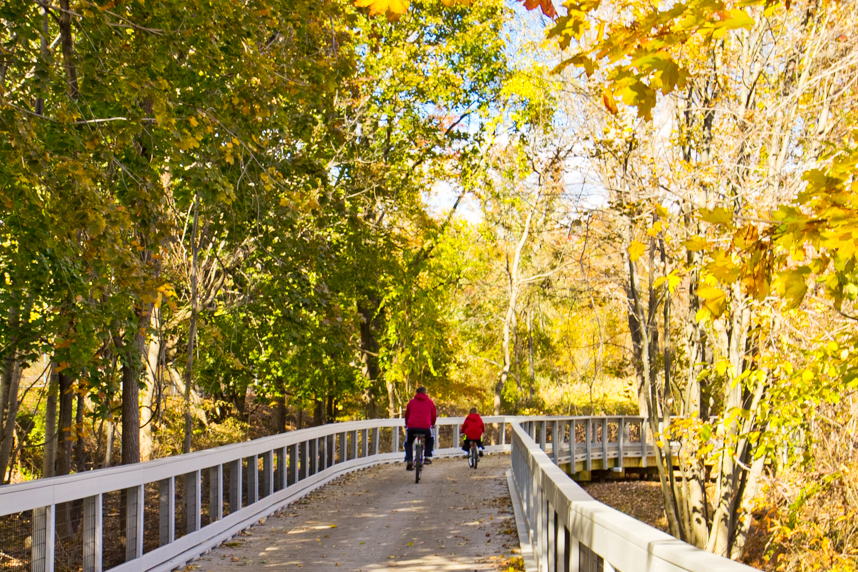
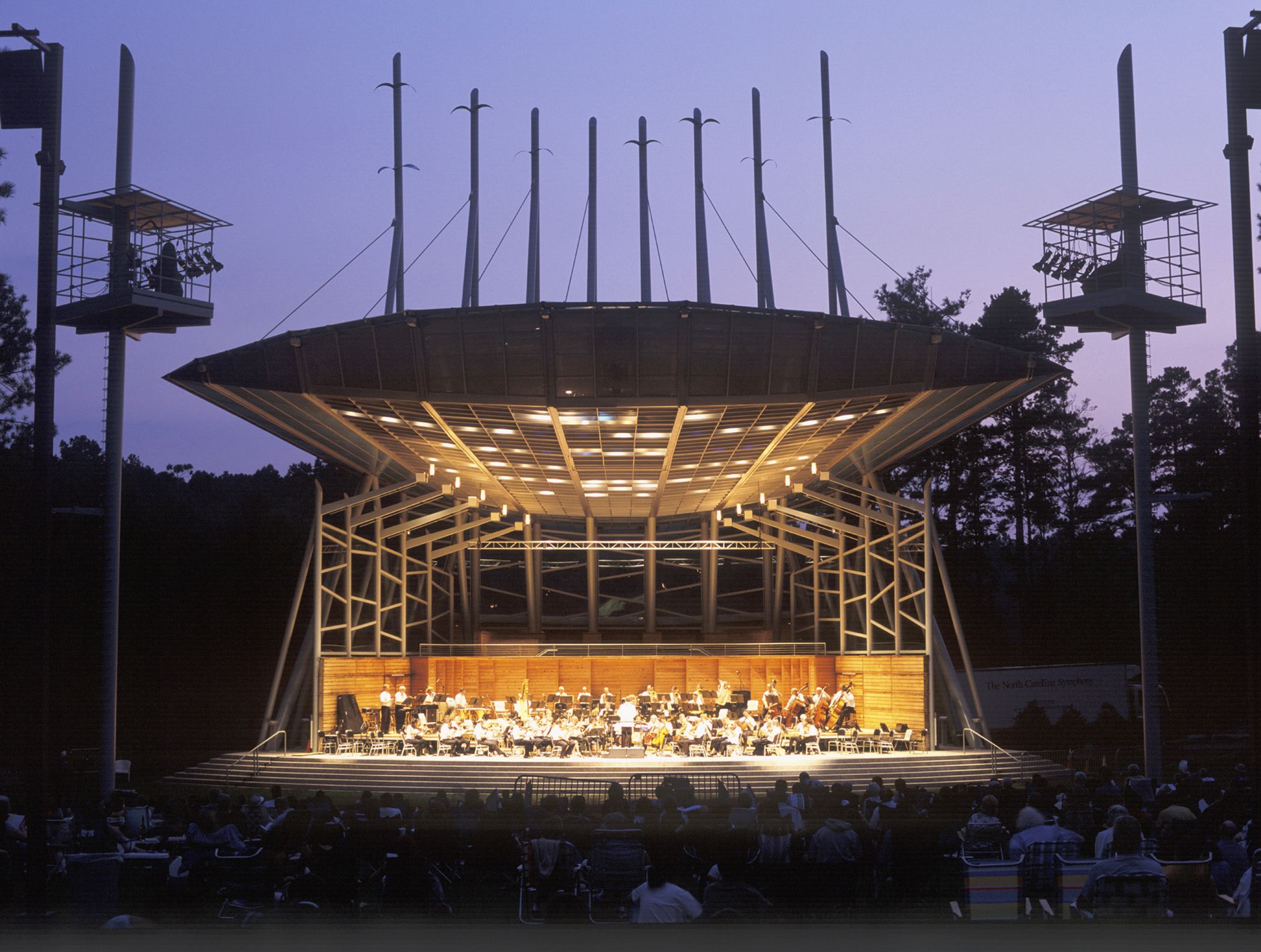
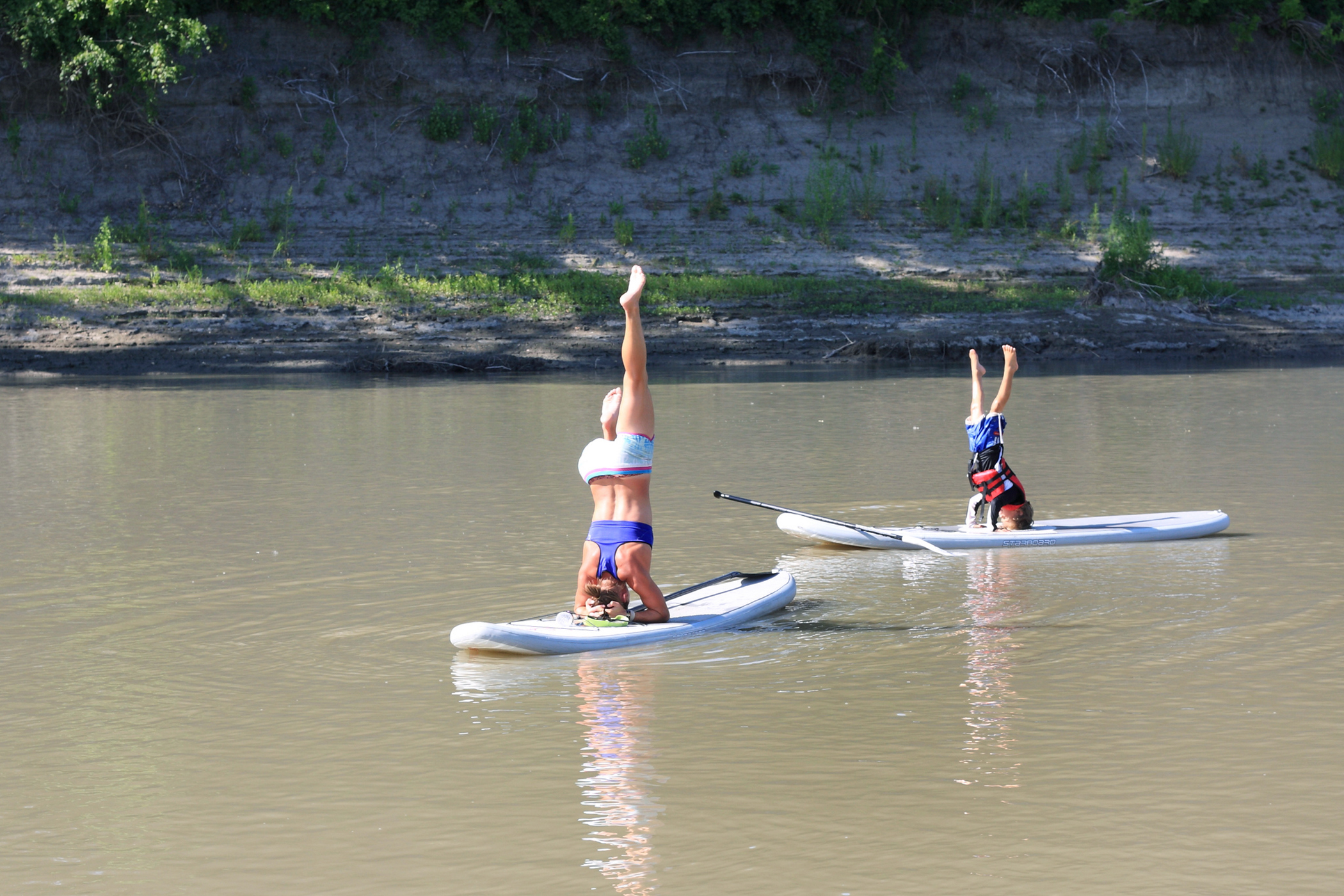
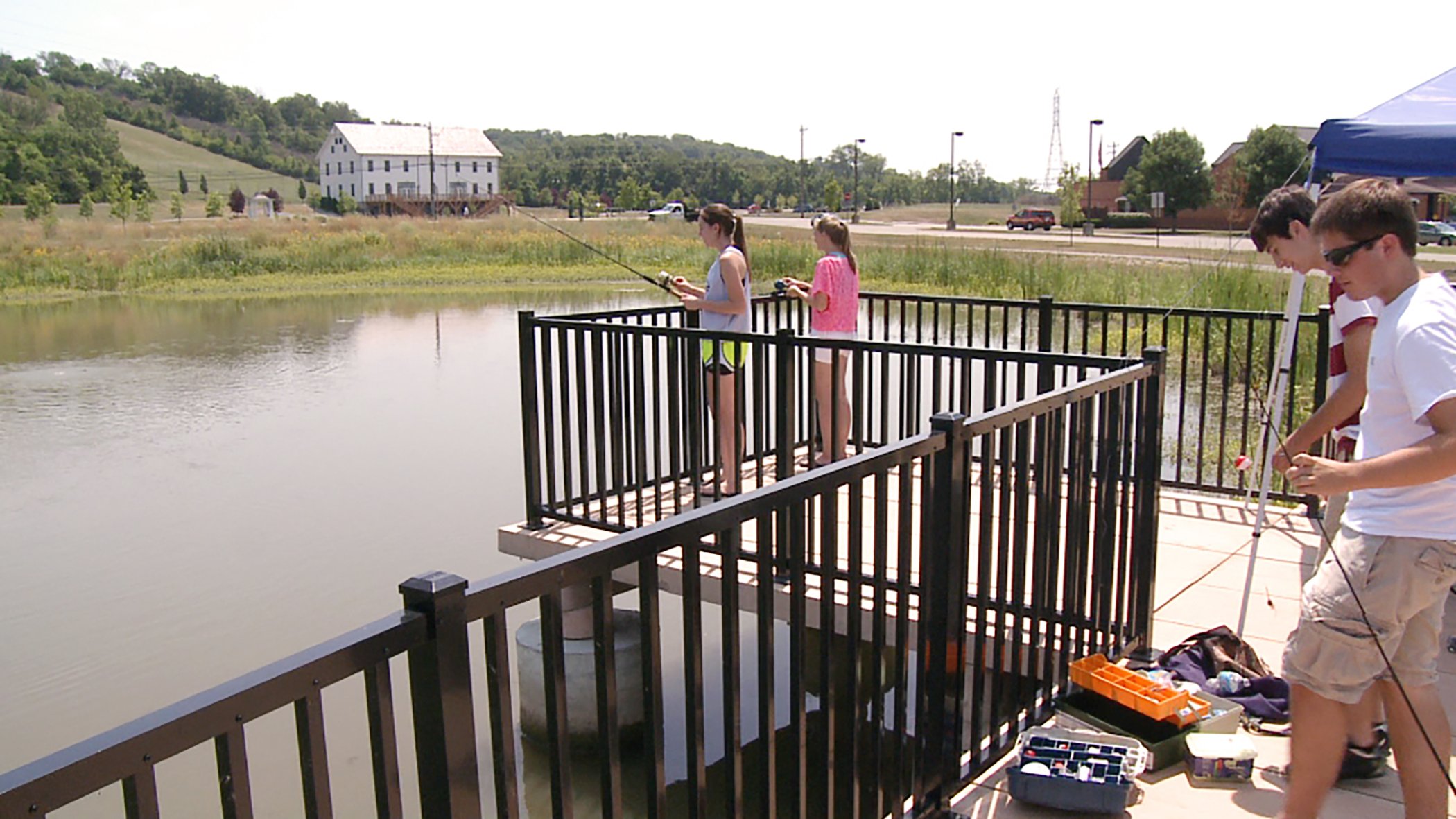
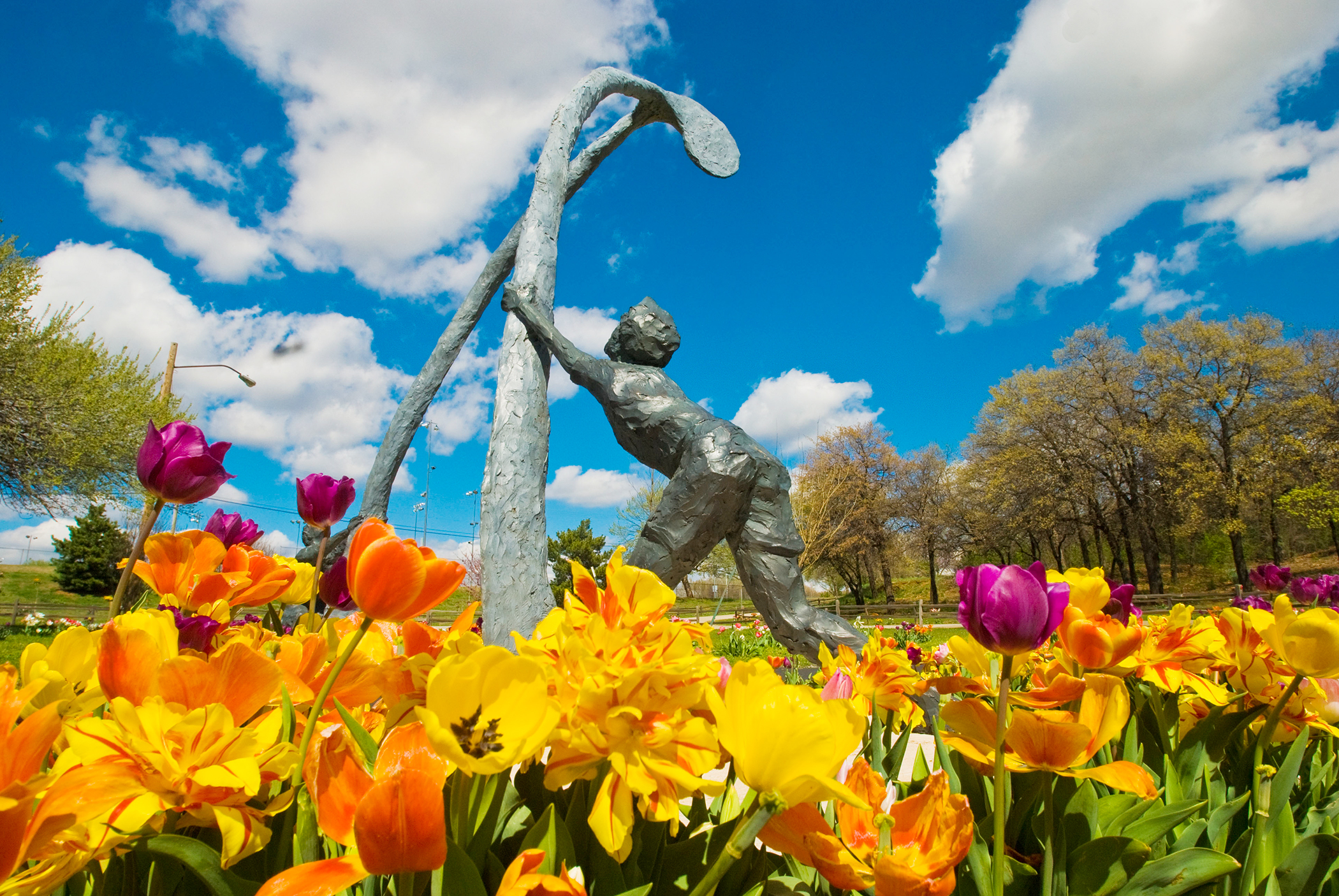
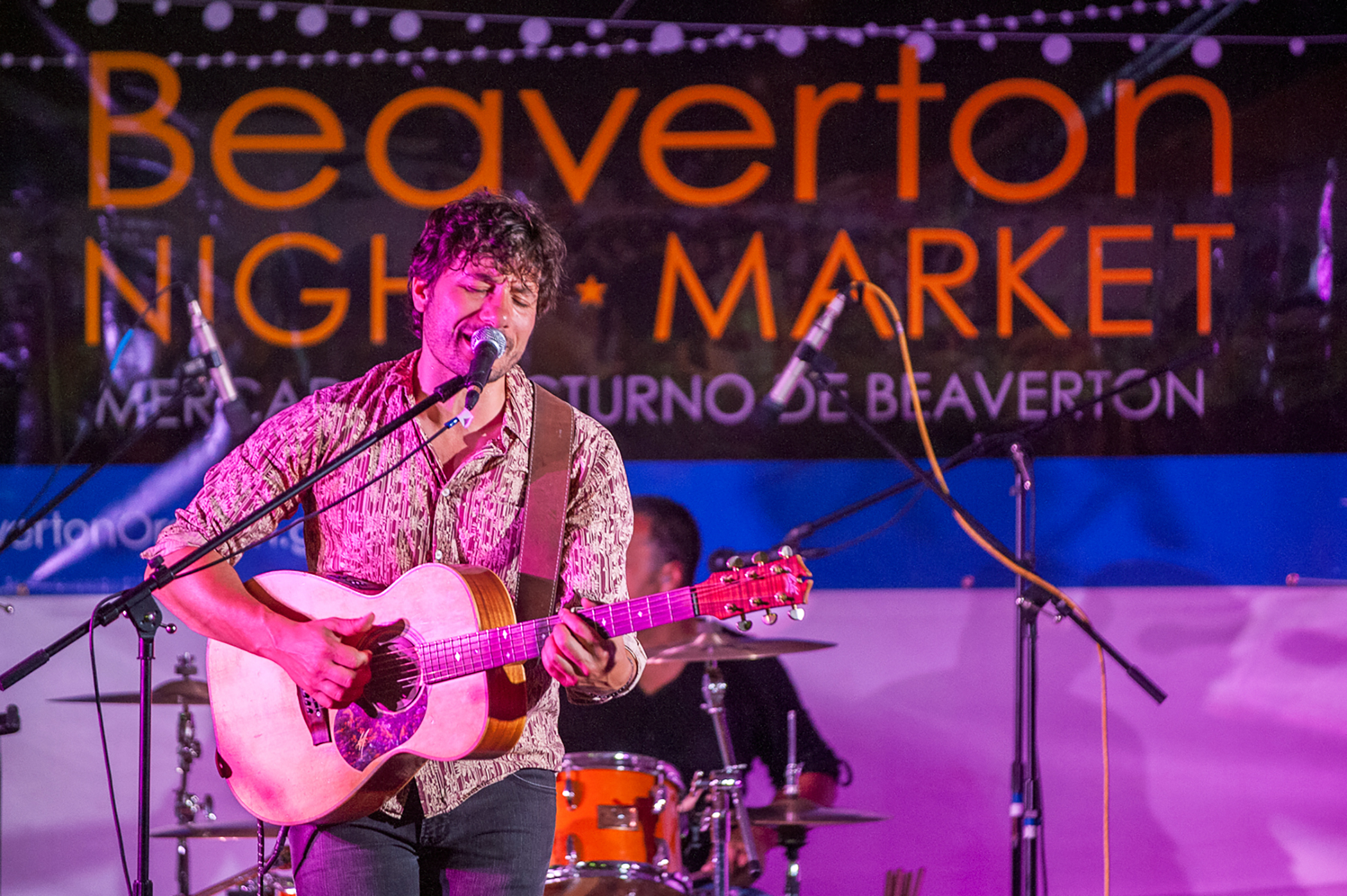
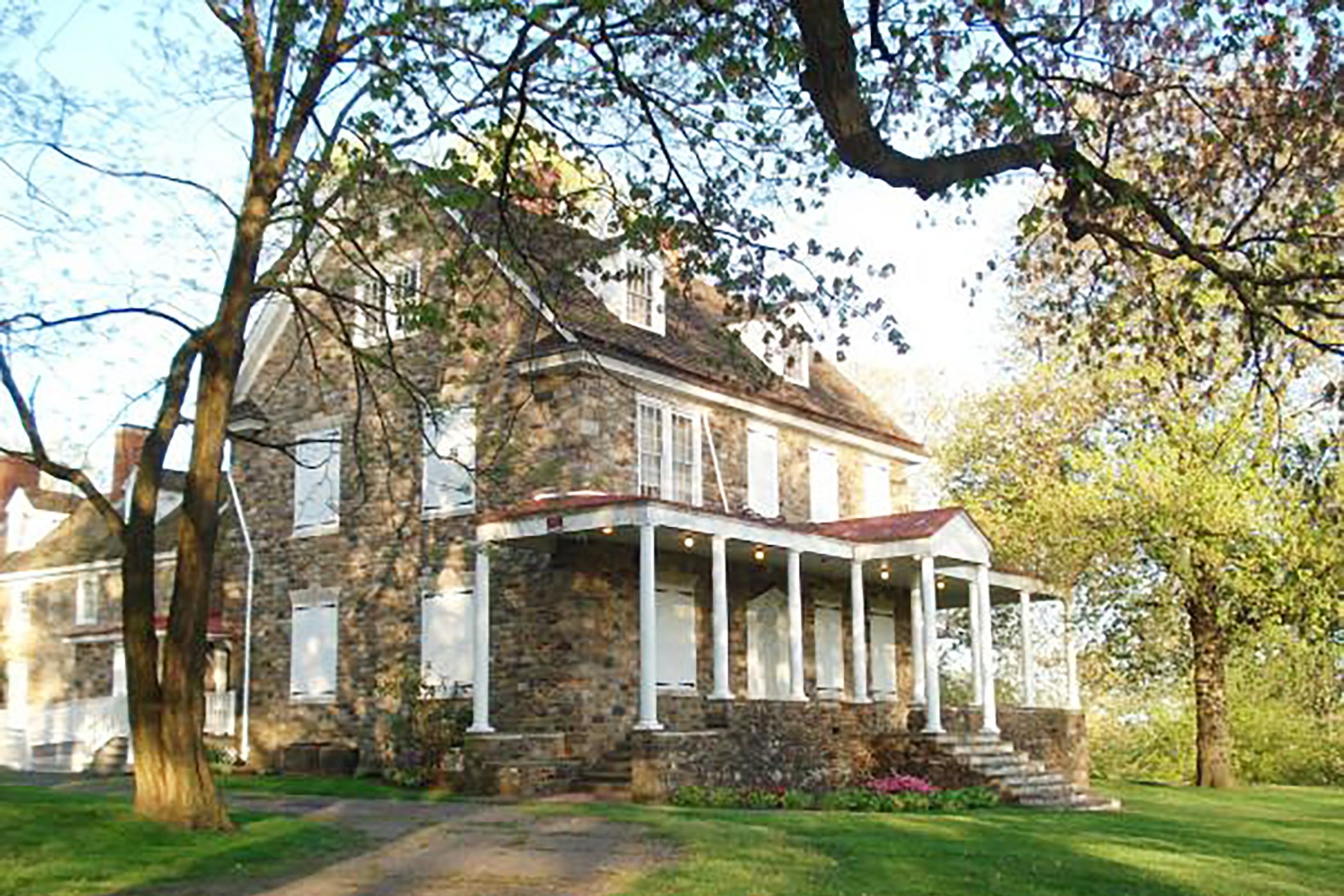
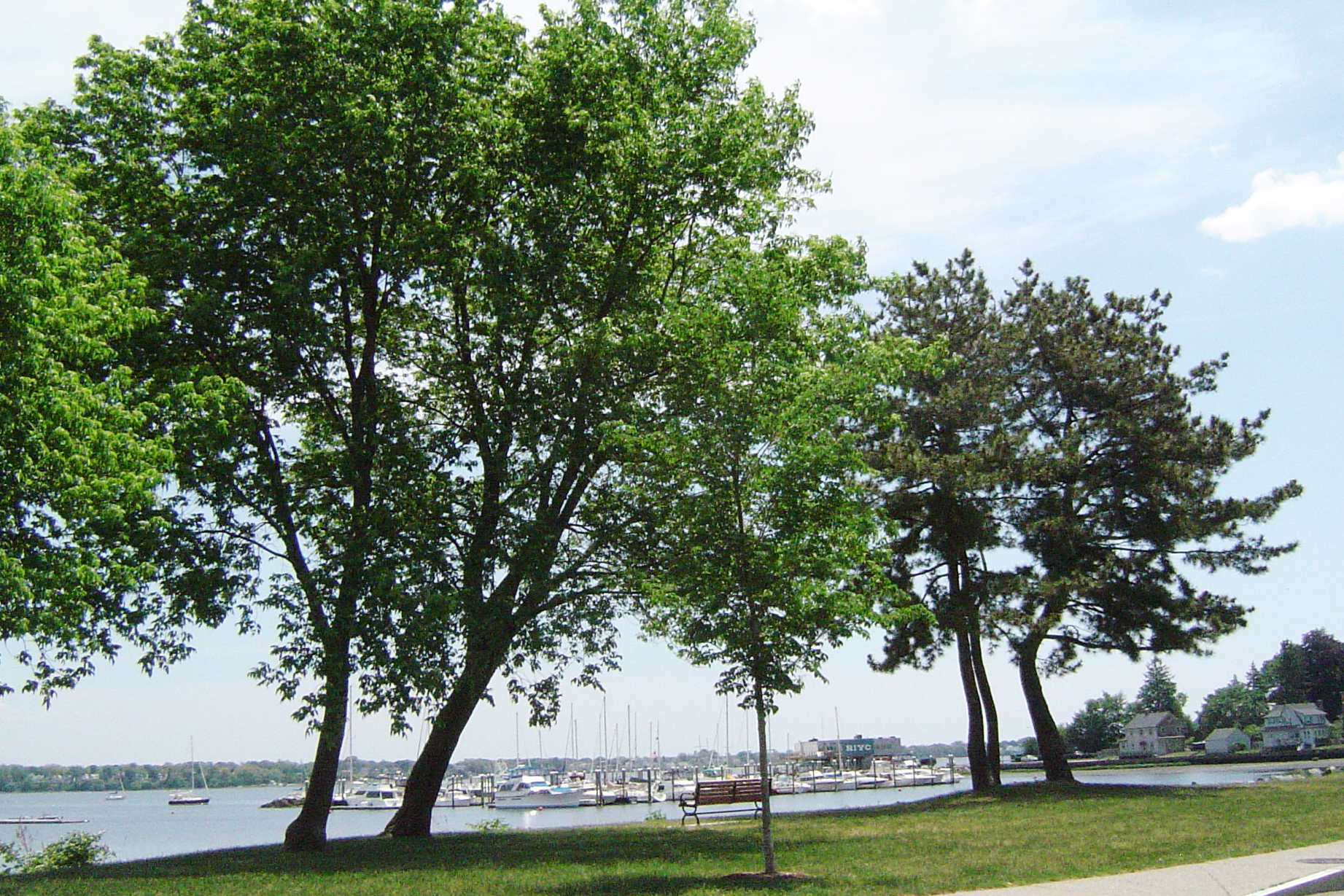

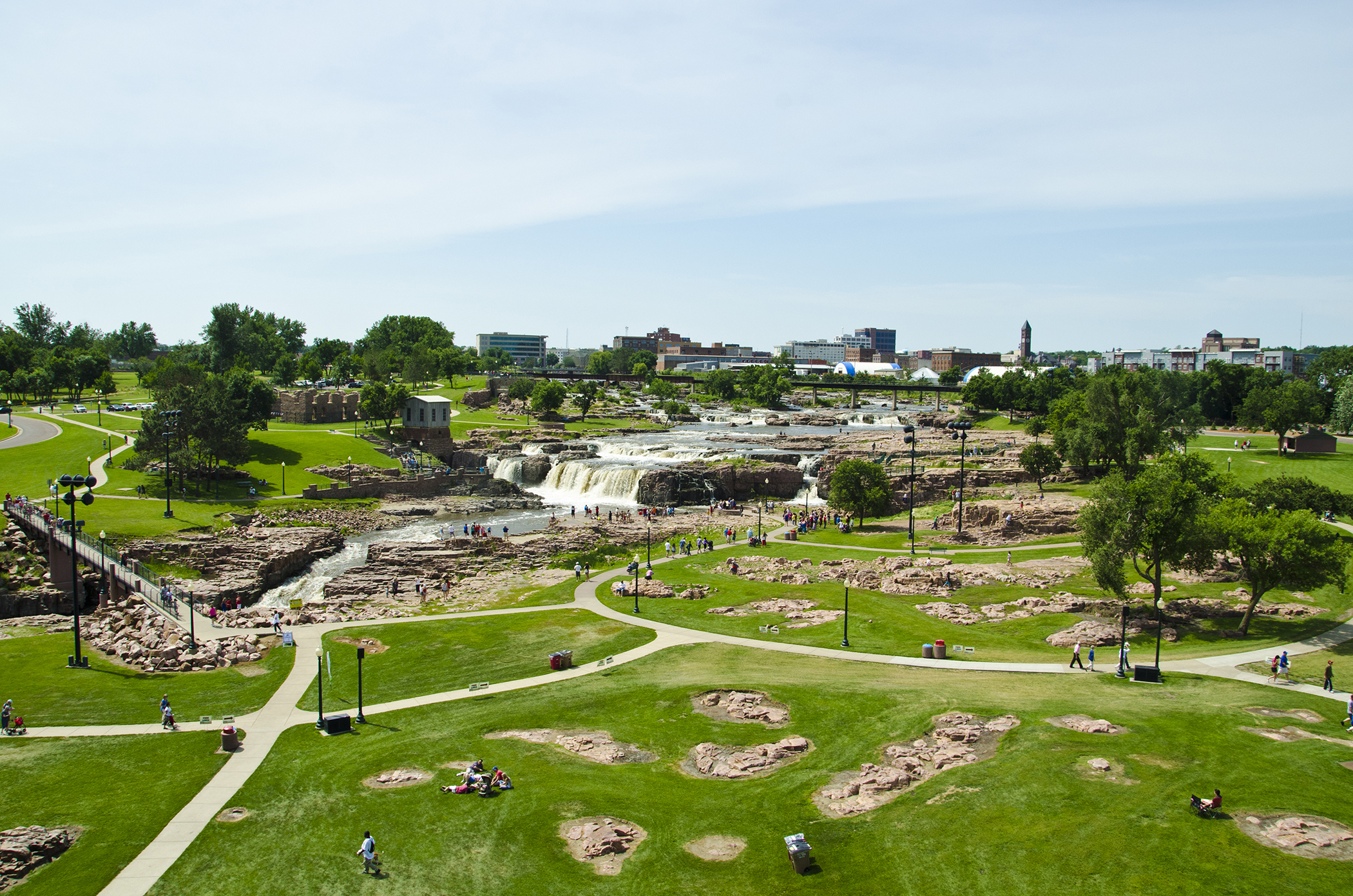
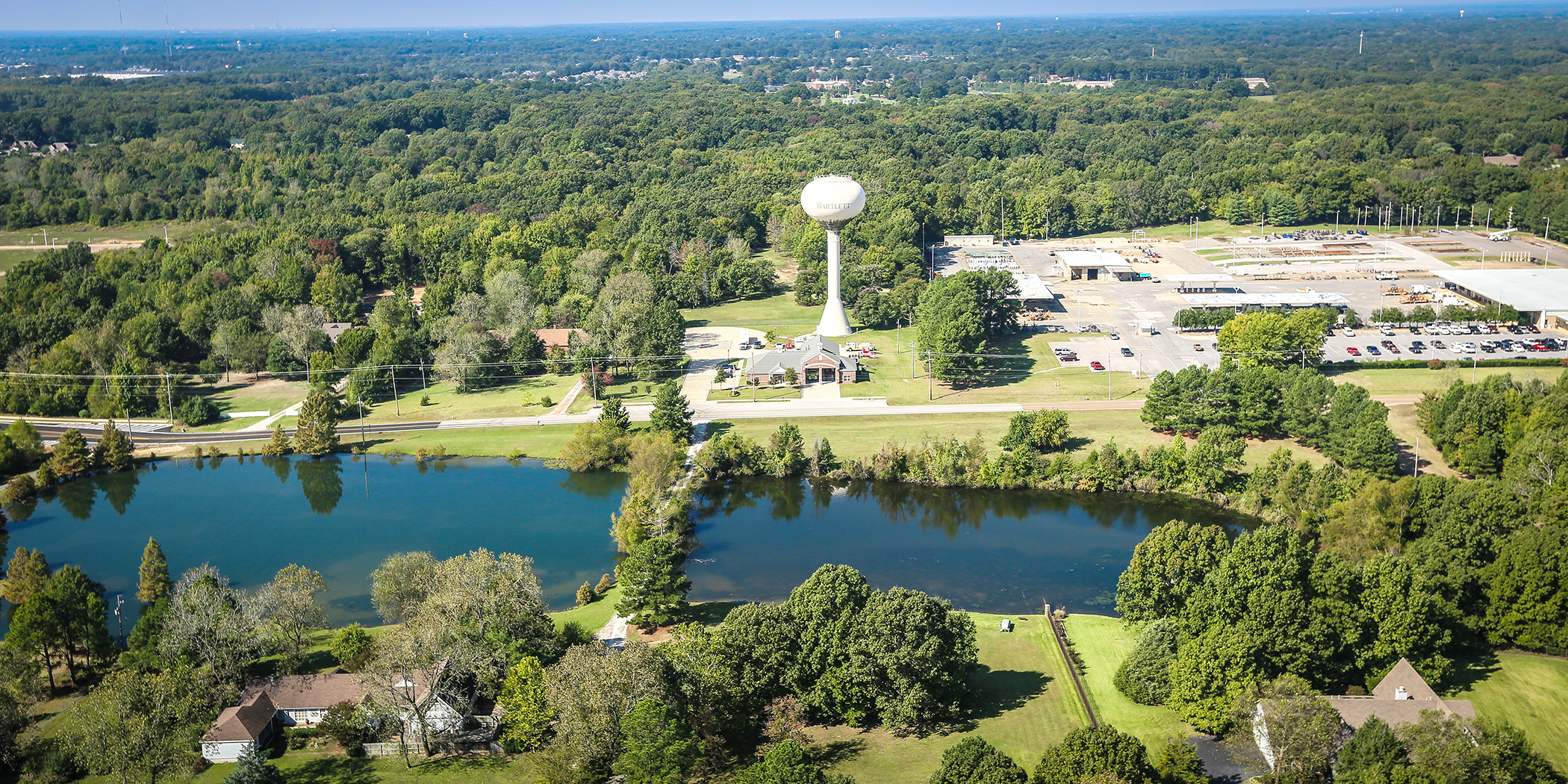

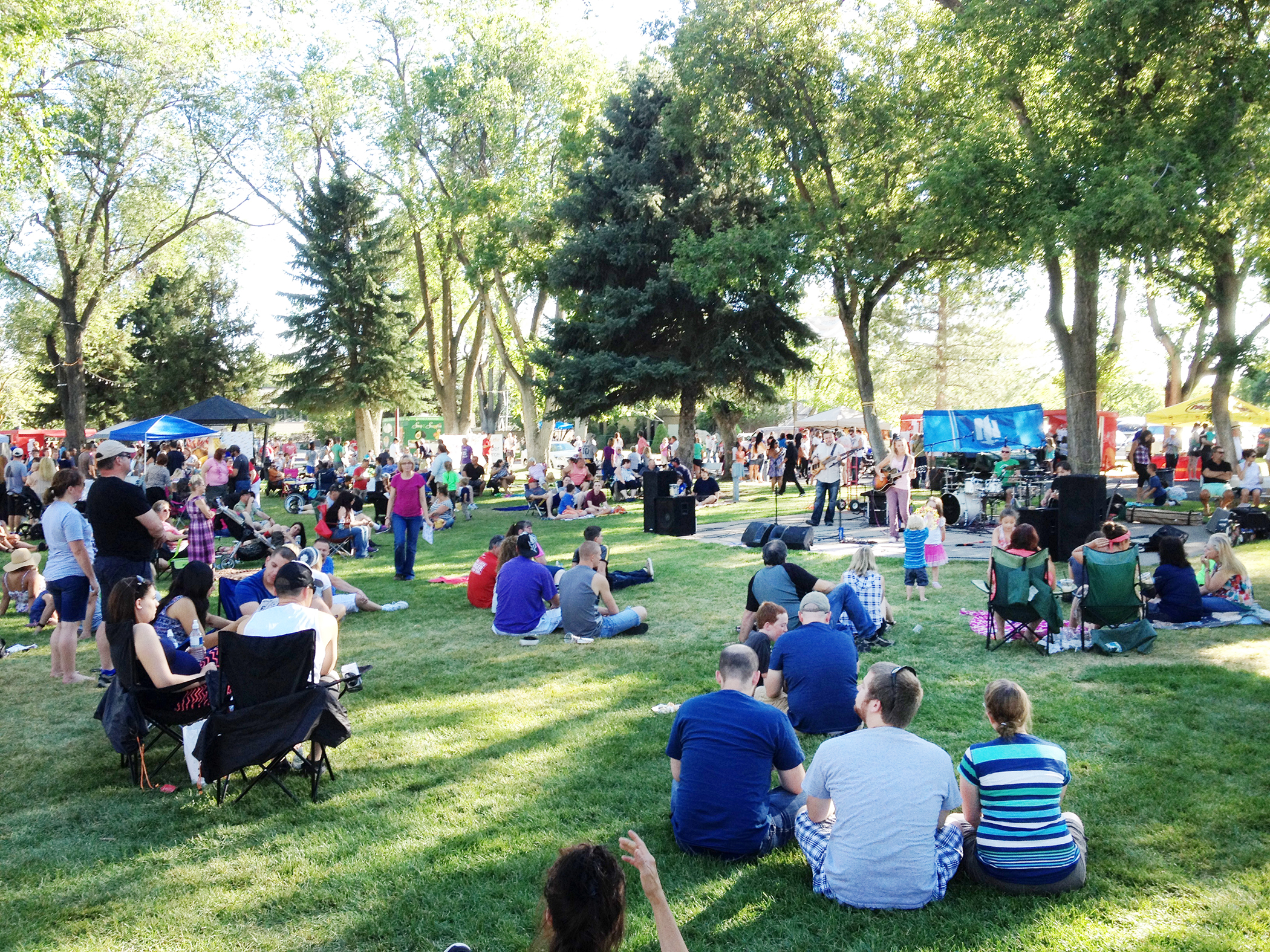
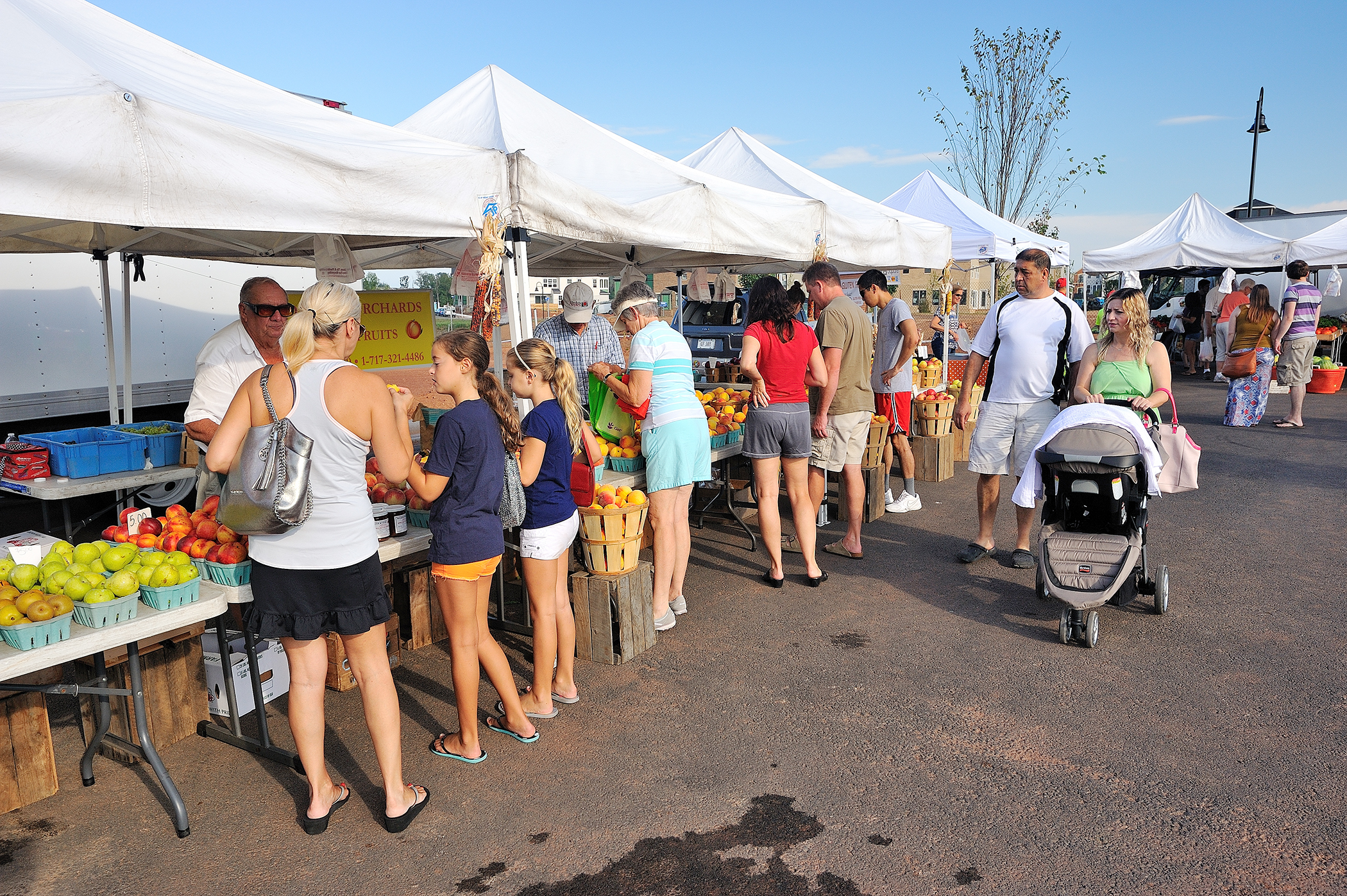
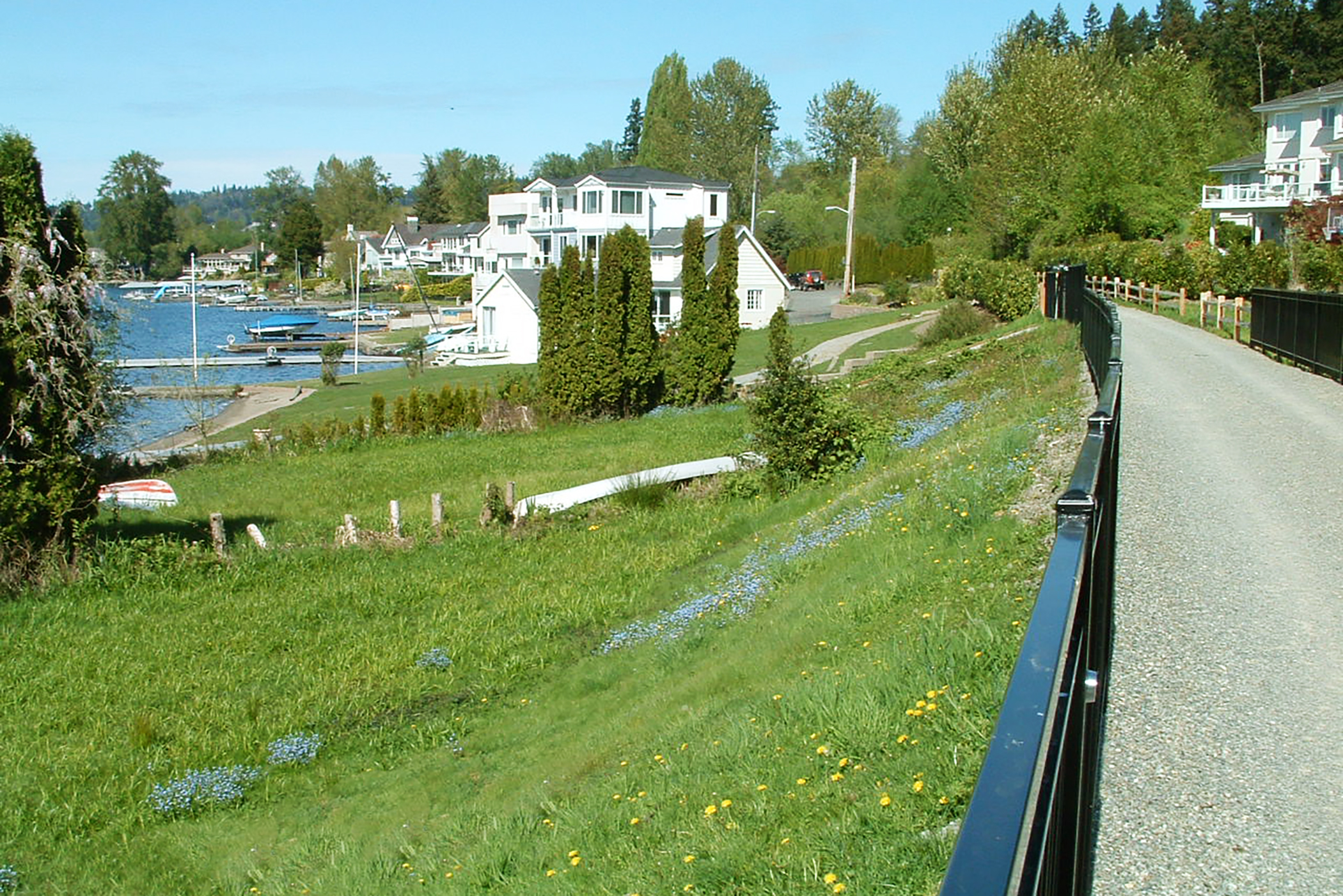

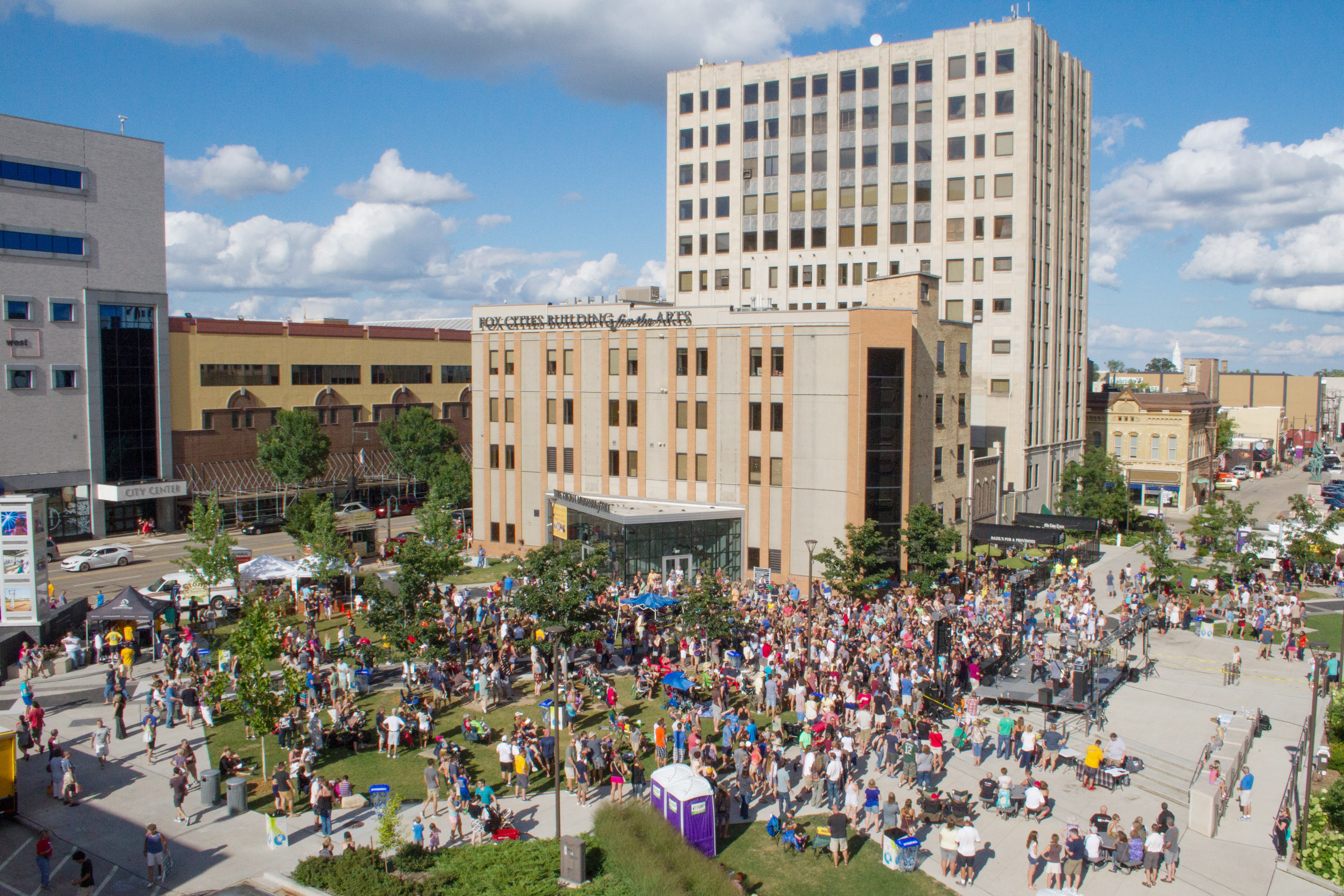

The master plan guides economic development as well. Offices and retail centers are sprinkled strategically around the villages. Mid-rise office buildings are clustered downtown between the Columbia Mall and Lake Kittamaqundi, which is surrounded by an exercise path, restaurants, and the town’s celebratory symbol of inclusiveness: the 35-foot-high metal sculpture The People Tree.
Downtown is going through its own midlife growth spurt. The Howard Hughes Corp. is overseeing the creation of 4.3 million square feet of office space, 1.2 million square feet of retail, and 5,500 residential units. The hope is to create a more walkable (and bikeable) core, stretching from the mall to the lake and including the area around the celebrated Merriweather Post Pavilion amphitheater. “The quality of life here is already amazing,” says Greg Fitchitt, VP for development at Howard Hughes. “We’re trying to create a 21st-century urban village.”
One knock on planned communities is the fees levied to maintain their vision, and Columbia has two of them. The Columbia Association annual fee runs about $1,000 a year on a median-priced home and helps maintain the town’s vast communal greeneries and other amenities. (The master plan sets aside 36% of the town’s land for open space.) There is also an optional fee for the pools and recreational facilities that starts at $67 a month for a family membership.
At almost 50, Columbia is welcoming its third generation, and the sense of community is flourishing in the most human of ways. The population is 55% white, 25% black, 12% Asian, and 8% Latino. Growing up as one of the few African-Americans in nearby Catonsville, Calvin Ball watched Columbia with envy. When he got married, Ball, now a college administrator, told his wife, Shani, there was only one place he would raise their children. “He was so happy when he talked about Columbia,” says Shani. “That’s because diversity is not only tolerated here. It’s celebrated.”